|
Week ending: 28th August : Barns Ness
According to my WeatherPro app, mild weather was predicted for Sunday, but it was to be largely
overcast in the east and the west was threatened with rain. Since I hate rain I opted for Barns
Ness, east of Dunbar. A welcome rising tide was predicted by the BBC website. So after a hearty
breakfast in Dalkeith Morrisons (9/10: excellent, but service was slow) we drove down the A1 to
begin our latest quest.
We made our first sighting by the car park - a Buff-tailed Bumblebee on a Smooth Sow Thistle
flower. This was quickly followed by a snap of one of the many violet-coloured Harebells that were
bobbing in the light breeze.
| Buff - tailed Bumblebee |
Harebell |
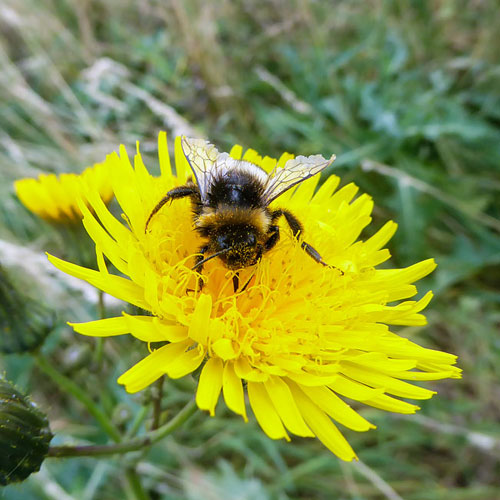 |
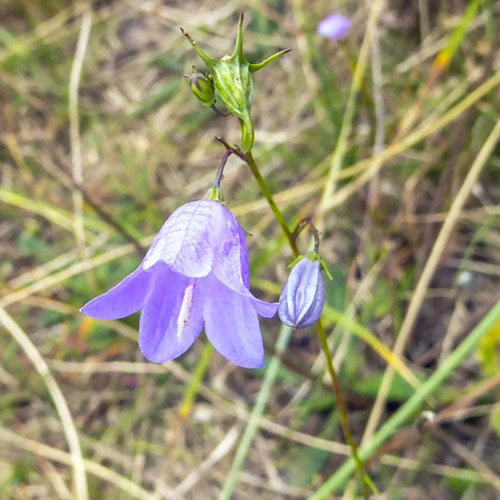 |
The tide was out as predicted and we walked along the edge of the shore watching for waders. It
wasn’t long before we sighted some - Ringed Plovers picking their way between the rocks
and seaweed. We planked ourselves down on our 3-legged stools and waited for them to pass
near us. Eventually they passed close enough for reasonable shots, although the light was very
poor. We were pleased to see that there were also Dunlin among them and also a few
White and Pied Wagtails and a Meadow Pipit that had chirped their way onto the scene.
| Ringed Plover |
Juvenile Ringed Plover |
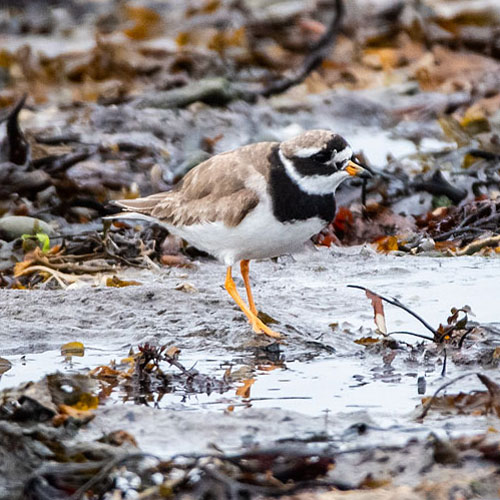 |
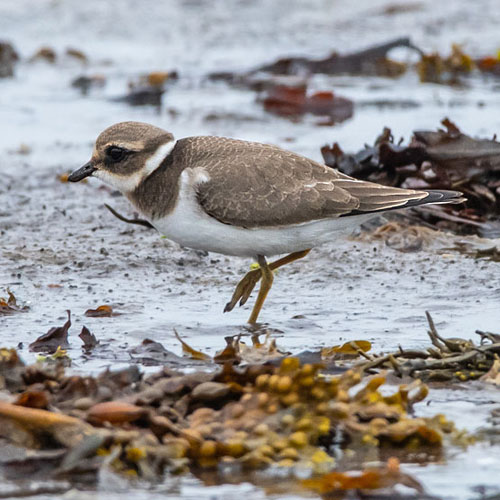 |
| Dunlin... |
|
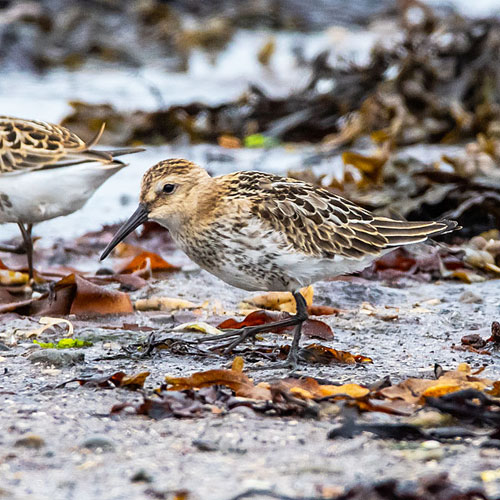 |
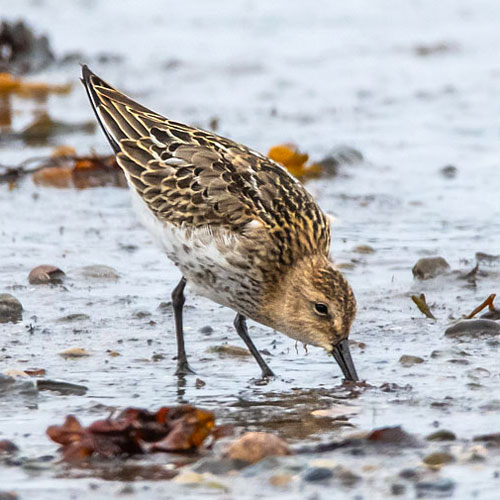 |
| Juvenile White Wagtail |
Meadow Pipit |
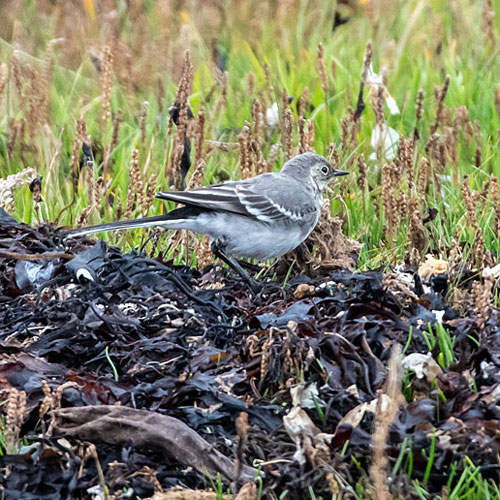 |
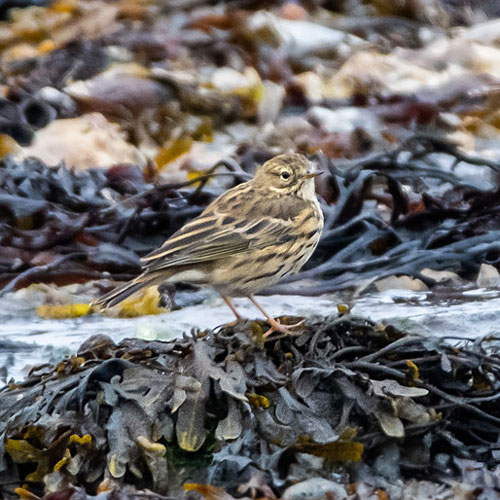 |
As we moved towards the lighthouse I noticed a gull with a wing-beat that was more rapid than
the other gulls. It was a passing Fulmar. As we tracked a flighty flock of Linnets, John
spotted a Rock Pipit posing on a a large boulder. We didn’t manage a shot of the Linnets and we
also glimpsed, but didn’t photograph, a Wheatear that saw us before we saw it.
| Fulmar |
Rock Pipit |
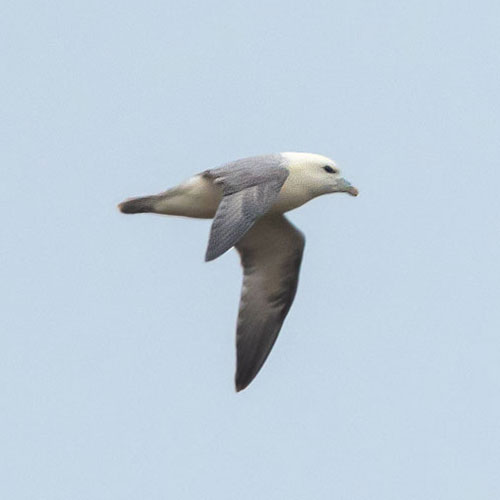 |
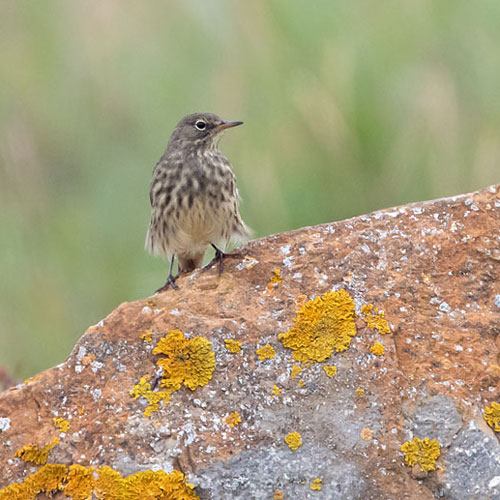 |
A favourite perching point for Cormorants drying their wings is the corner of rocks just west of the
lighthouse.
John spotted a small family of silhouetted birds near a large bush. The camera picked them out
ok though and I could inform him that they were Stonechats . John drew my attention to a
large Grey Heron standing about 150m away on the rocks. About a dozen Oystercatchers sped
past as I was photographing the Heron.
| Stonechat |
Female Stonechat |
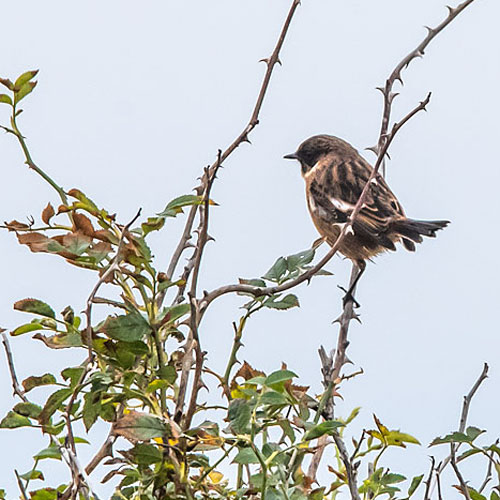 |
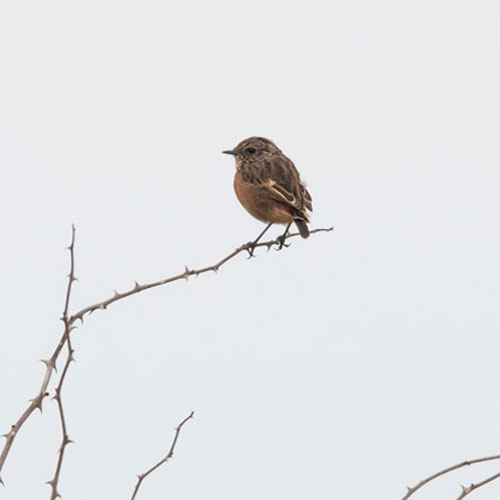 |
| Grey Heron |
Oystercatcher |
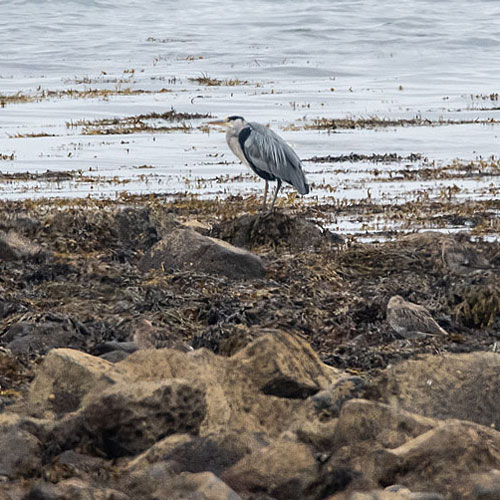 |
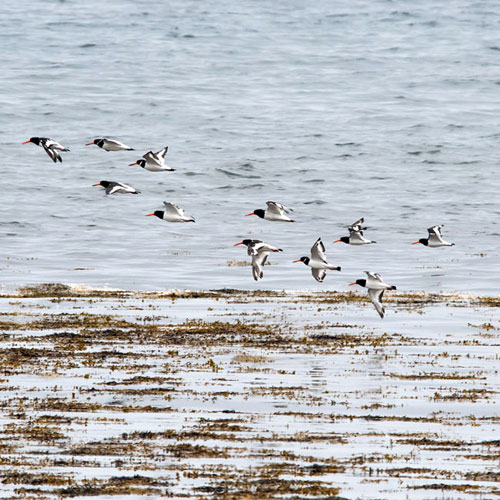 |
We walked past the lighthouse and continued further east along the footpath south of the line of
sand dunes, until we reached a path through the dunes onto the beach. We once again assumed
our positions on our stools and scanned the shoreline for birds. The picture below shows the view
to the east with Torness Power Station in the distance and on the right of the picture you can just
make out a large flock of gulls gathered on the rocky shore.
We could pick out a pair of Curlews standing by the water’s edge. A Grey Heron, perhaps the
same bird we’d seen earlier, flew east past the Curlews and landed far out of sight. Despite the
worsening light level I could just make out a flock of Starlings perching on a line of rocks. I got a
bit excited when I thought I recognised a Spotted Redshank in a nearby rock pool, however
it turned out to be a Common Redshank. Just before we left the beach I snapped some shots of a
couple of flypasts - a Carrion Crow and a Great Black-backed Gull.
| Curlew |
Grey Heron |
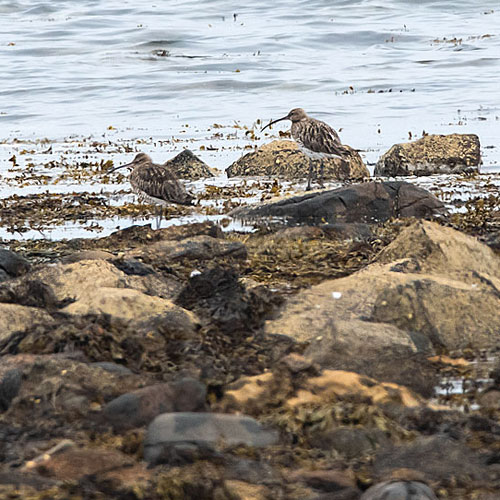 |
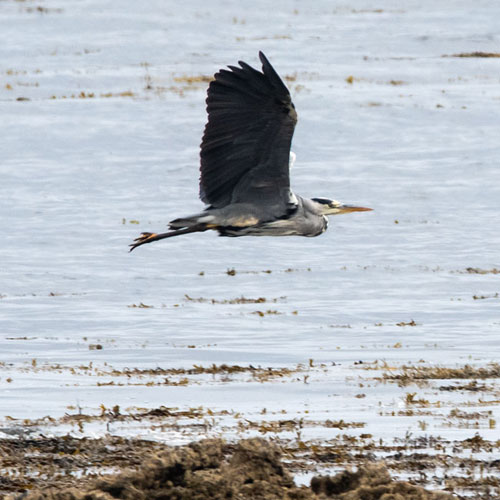 |
| Starling |
Redshank |
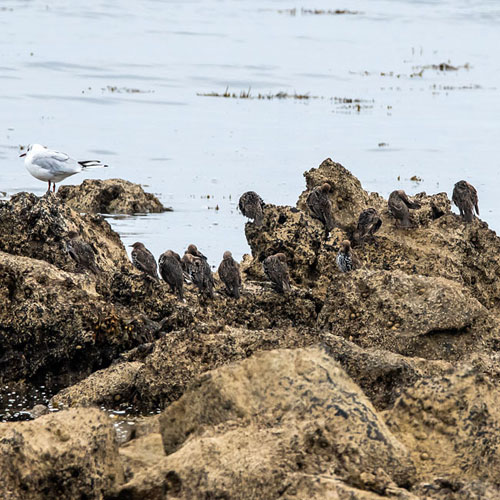 |
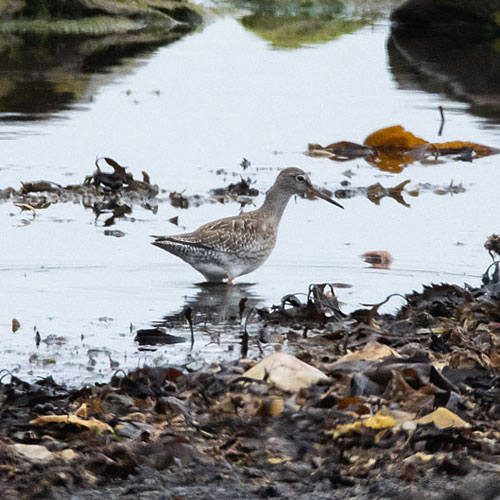 |
| Carrion Crow |
Great Black - backed Gull |
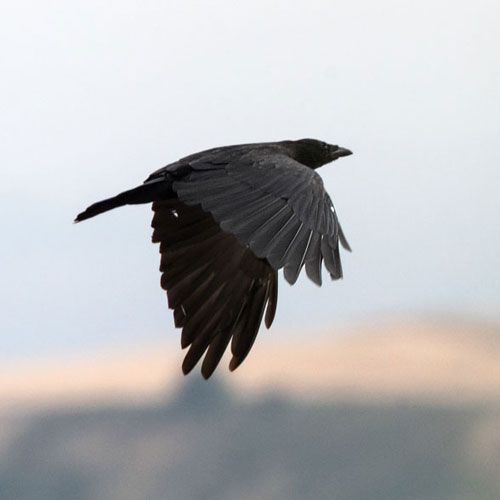 |
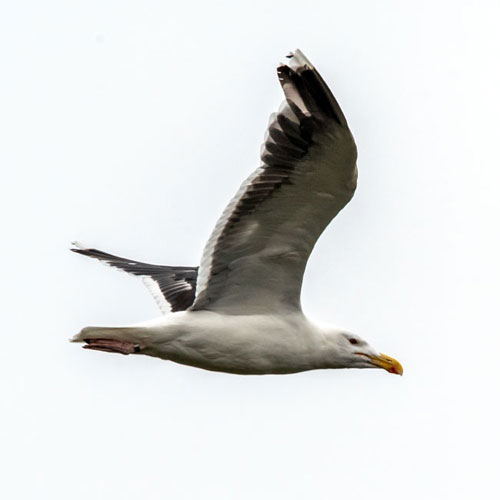 |
Next we left the beach and walked the few hundred metres to the southern boundary of the site.
There we found several flower species still in bloom. The first of these was Common Restharrow, so named
as their tough roots caused farmers to rest their harrows (farm weeding frame). There were also a
few Red Poppies by the boundary wall and many Yarrow plants in flower at the edges of the long
grass. Yarrow, a herb, has a range of uses in herbal medicine. Also seen were some pretty
White Campion flowers, also known as Grave Flowers since they are often found growing wild in
graveyards.
| Common Restharrow |
Red Poppy |
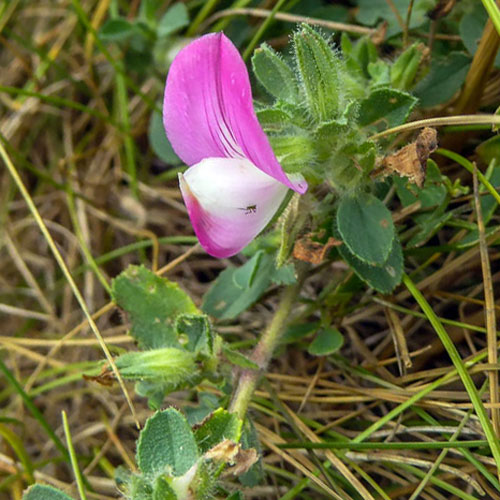 |
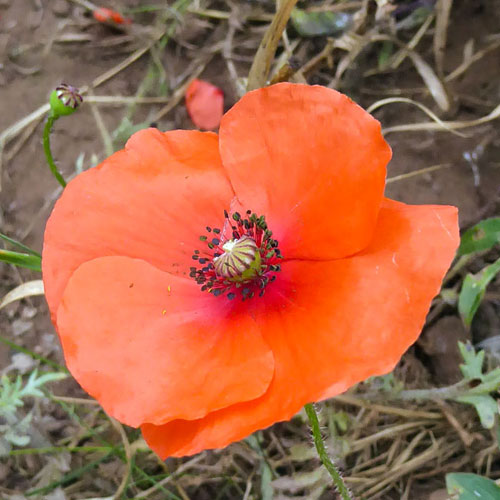 |
| Yarrow |
White Campion |
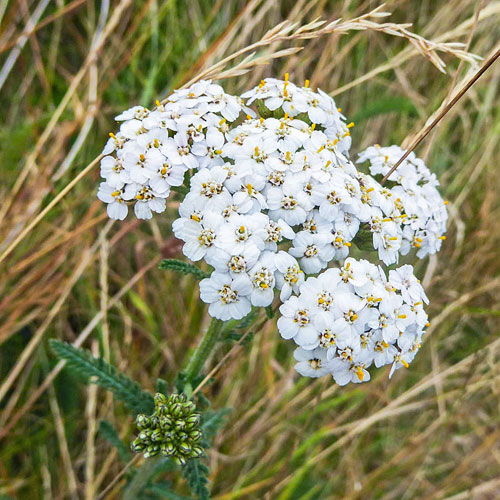 |
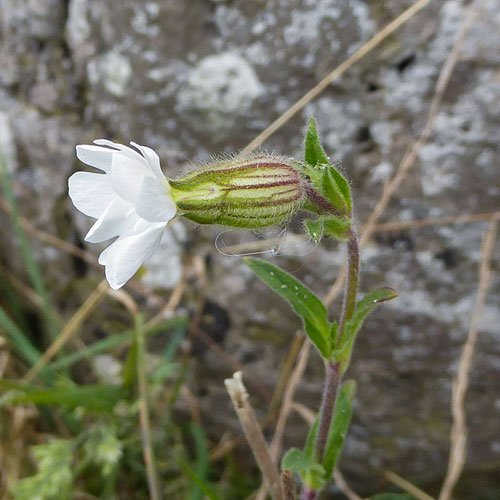 |
We continued our circuit by walking through the old caravan site where we encountered more
interesting plant life. Viper’s Bugloss plants were still just about in bloom with White-tailed
Bumblebees searching the few remaining flowers for pollen. Beside these plants, Common
Ragwort, known locally a “Stinking Willie”, were seeding. Just before leaving the old
caravan site I photographed a patch of wildly flowering and very beautiful Broad-leaved Everlasting Peas. No doubt they were probably planted by the former Caravaners but they are known to grow
in the wild and are listed as such in most reference texts.
| Viper's Bugloss |
White - tailed Bumblebee |
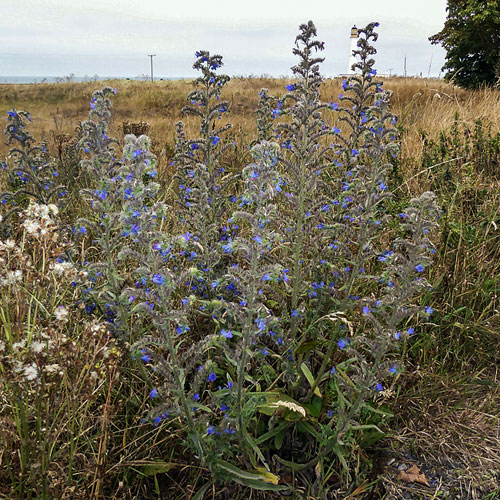 |
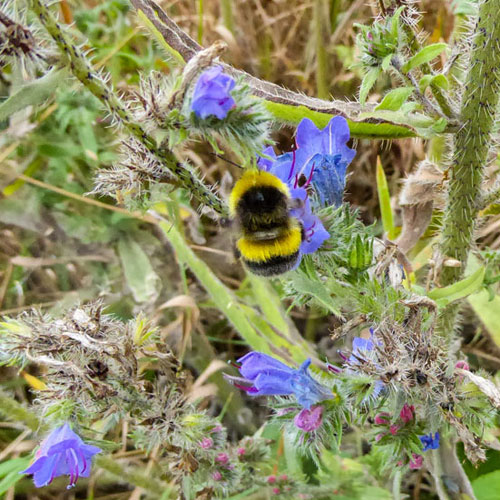 |
| Common Ragwort |
Broad - leaved Everlasting Pea |
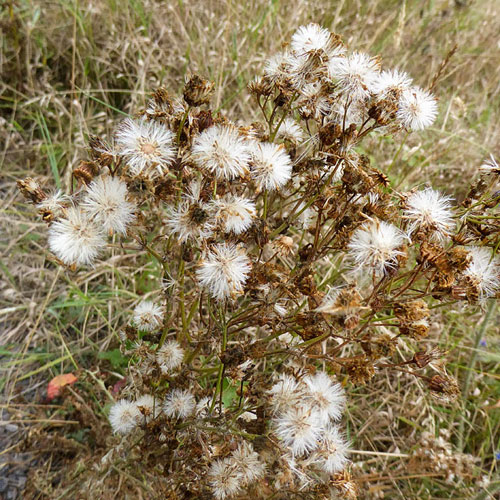 |
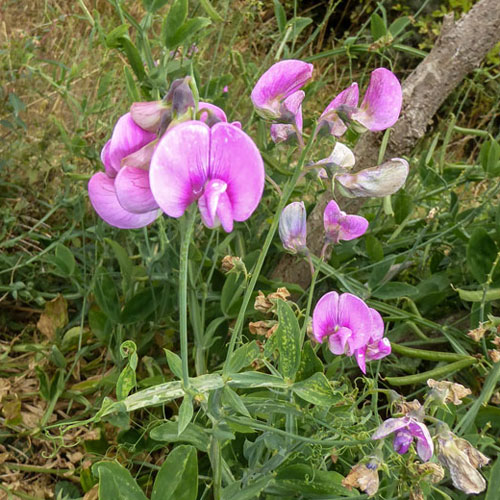 |
Finally we decided to drive to Belhaven to have our usual teas and on the way out of Barns Ness I
managed to (safely) get a picture of a Goldfinch that was perched on a roadside bush. Similarly
near the exit to the A1087 John captured images of some young Barn Swallows that were sitting
or the fence wire.
| Goldfinch |
Juvenile Barn Swallow |
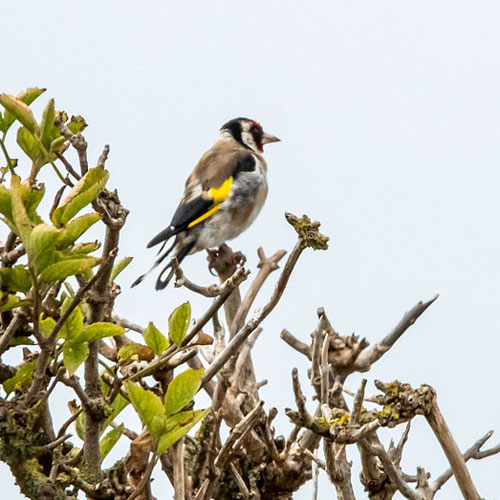 |
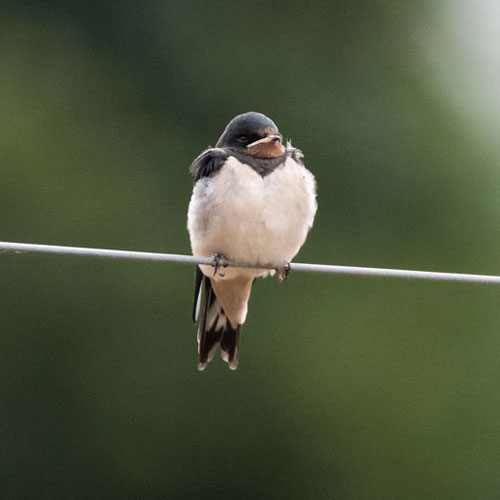 |
Sadly we didn’t manage any pictures at Belhaven Bay. This was partly due to the fact that the tide
was not yet in, and partly to the activities of a large group of paddle-boarders gently rampaging
through the inner section of Belhaven Bay. Surely the slow spread of water sports, some
witnessed each week by us, that is consuming Scotland’s coastline must be stopped and even
reversed before the entire ecosystem is damaged beyond repair.
Despite these thoughts, we had a fine time at Barns Ness. Sure, the light had perhaps limited the
quality of the photography and the number of sightings but it had not lessened our enjoyment of
experiencing nature at first hand, such as seeing the waders or the passing Fulmar. Nor did we let
the negatives put us off our teas and strawberry tarts. (Some regular readers may have already
concluded that our primary sources of enjoyment occur at the start and finish of each outing.
They may not be wrong.
Week ending: 21st August 2022: Port Seton, Aberlady, Longniddry
This week we headed for Aberlady to follow up report of various interesting birds, such as Skuas,
seen there recently. My WeatherPro app predicted fair weather and the BBC tide predictor
indicated a falling tide. We had fine breakfasts in Dalkeith Morrisons (9.5: excellent only a bit let
down by their persistent use of tiny plates).
We stopped off briefly at Port Seton to check the Wrecked Craigs for birds. The tide water was
further out than I’d expected but there were many birds about 80m away from the promenade.
Nearer us were a few Ringed Plovers scurrying about the wet sands. Furthest away were
Cormorants on the rocks. Just in front of them was a large flock of Terns. Something caused them
to take to the air. They were mainly Sandwich Terns (with yellow-tipped black beaks) with a
few Common Terns (with red, black-tipped beaks). I also noticed other birds in their midst:
Eider, a possible Yellow-legged Gull and a juvenile Grey Heron.
| Ringed Plover ... |
...Juvenile |
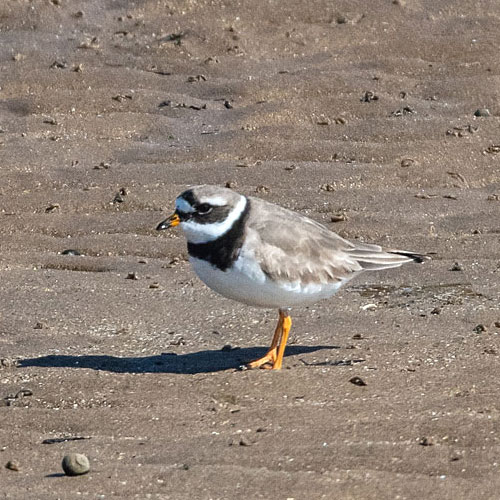 |
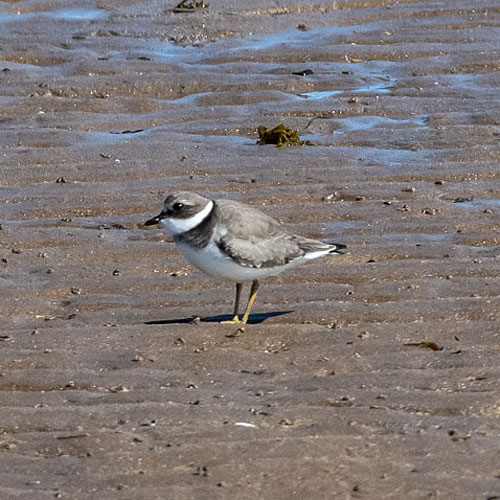 |
| Sandwich - Common Tern |
Eider |
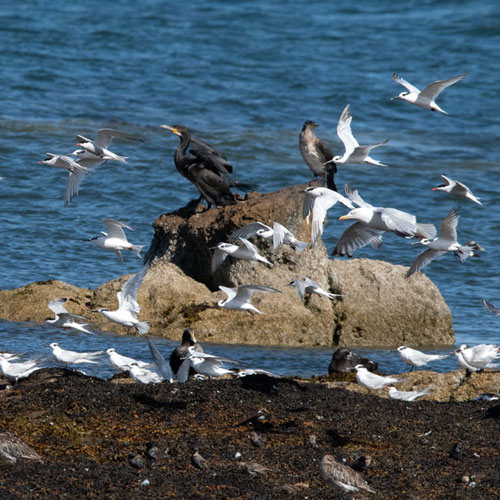 |
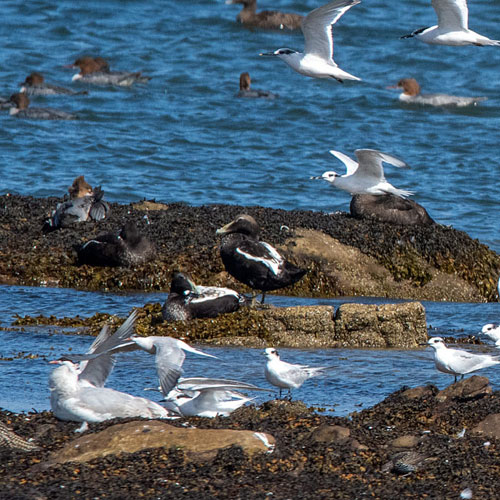 |
| Yellow - legged Gull |
Juvenile Grey Heron |
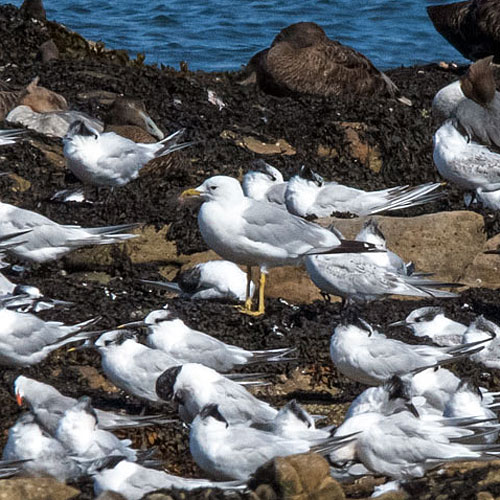 |
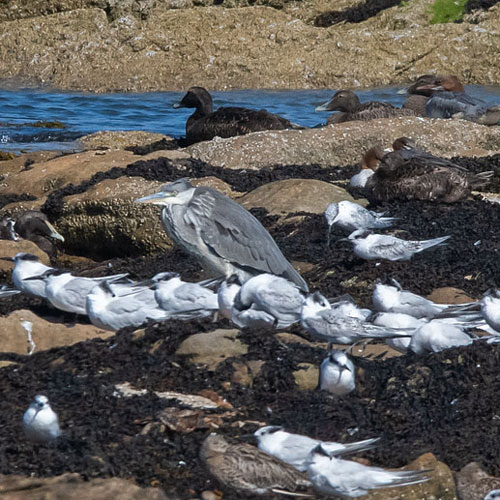 |
Beyond the furthest exposed rocks there was a large flock of Goosanders.
We quickly moved on to Kilspindie, the area west of Aberlady Bay. We settled on the shore, near
the Kilspindie Golf club flagpole, and watched for passing birds. We immediately saw a passing
Whimbrel. On the water there was only a Black-headed Gull but there were frequent passes
of Sandwich Terns. Occasionally one would return making its familiar “creaking-door” call while
carrying a fish in its bill. Several Redshanks also passed. As I admired the view east over the
Aberlady Bay towards North Berwick Law, John and his binoculars had been scanning the shore
to the west and spotted a Bar-tailed Godwit foraging in seaweed-strewn rock pools.
| Whimbrel |
Black - headed Gull |
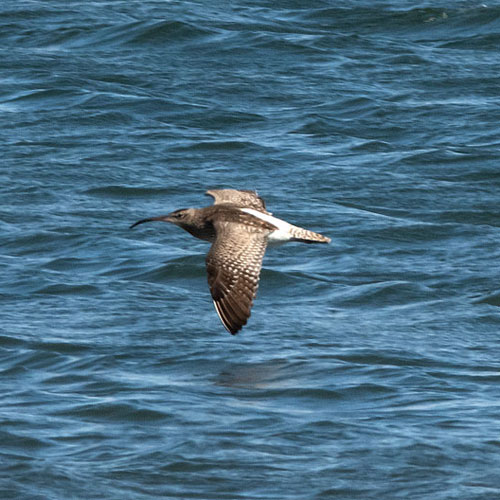 |
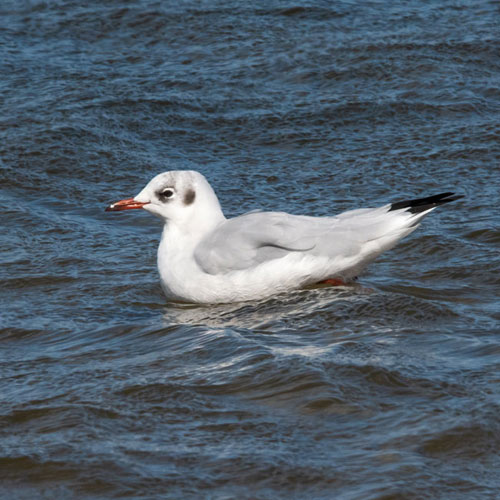 |
| Sandwich Tern |
Redshank |
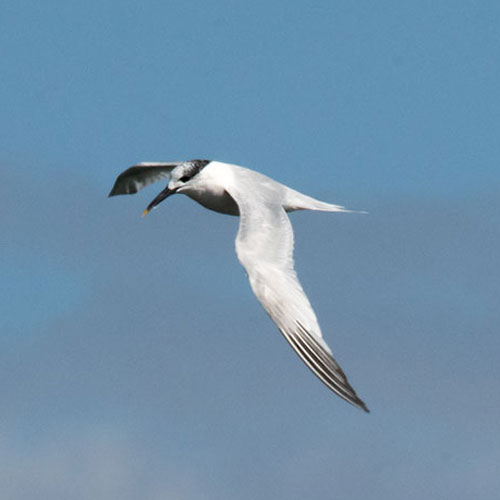 |
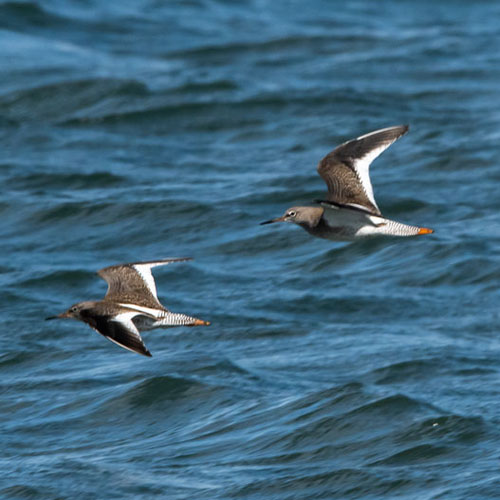 |
| North Berwick Law |
Bar - tailed Godwit |
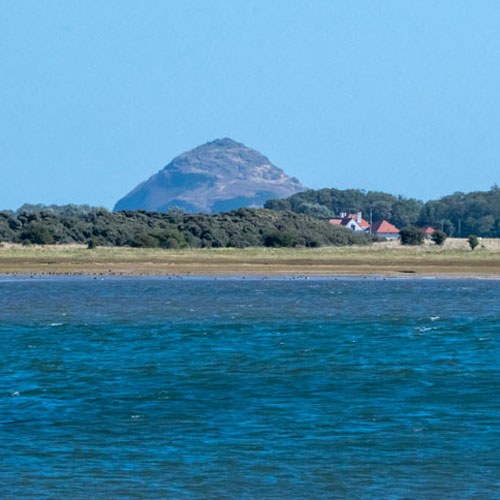 |
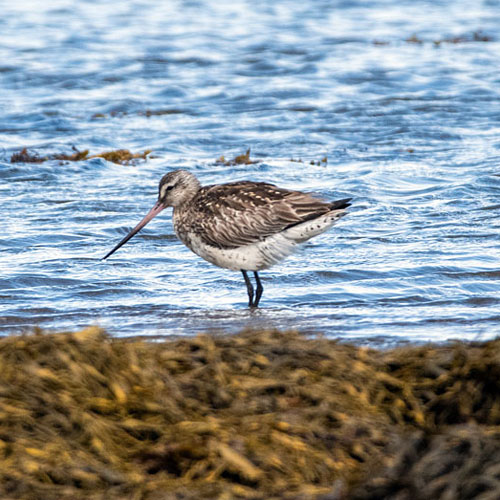 |
Eventually we decided to further investigate the shoreline to the west. I noticed that there were
Cormorants lined up along rocks about 150m away. John asked me if I noticed anything else and
gave me a hint that “those aren’t big pale rocks below the Cormorants”. Indeed they weren’t -
they were a herd of Common Seals languishing on the sunny pebbled beach.
We trekked a bit further west to get a better view of the seals. John spotted some Bar-tailed
Godwits There was also a Curlew and a bit further along I saw a Whimbrel, possibly the one I’d
seen flying past me earlier. Notice the difference in the shape and length of their beaks - often a
good way of telling them apart. An excited John then directed me to where he had sighted an
unusually dark large gull. Although it was about 200m away and was travelling north, away from
us, I managed to capture an image. It was in fact an Arctic Skua, one of our target birds.
This was quickly followed with a sighting of a couple of summer plumage Grey Plovers .
| Curlew |
Whimbrel |
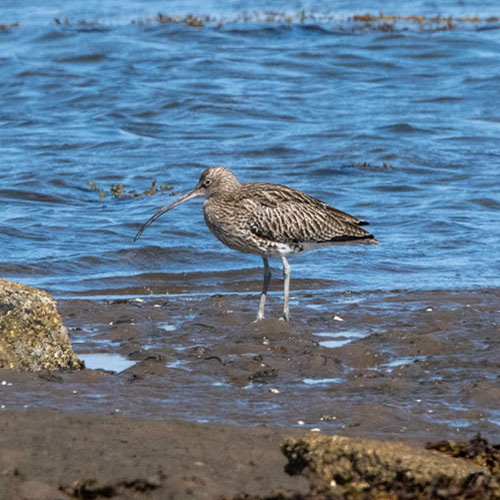 |
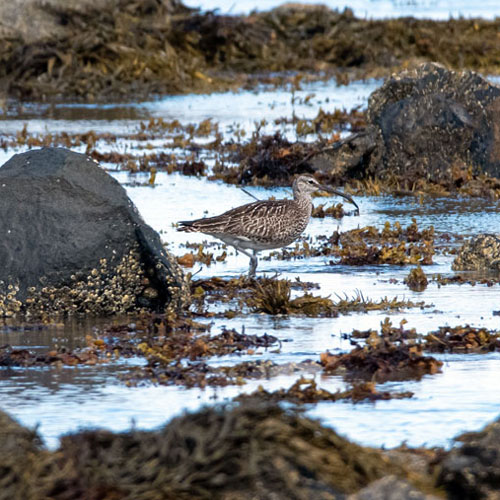 |
| Arctic Skua |
Grey Plover |
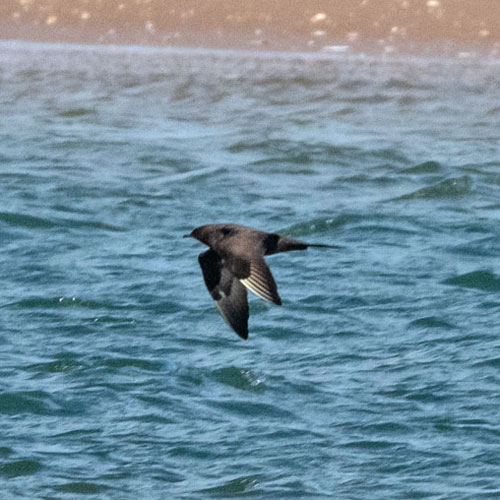 |
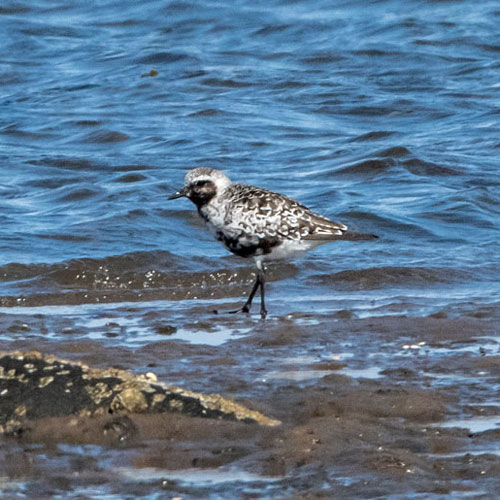 |
We reached a point on the shore where I could get a more detailed picture of some of the
Common Seals, but where we would not disturb them. It was obvious that they could see us so
we doubled back soon after I had the capture and thereafter the seals carried on happily with their
day.
On our return back along the shore we noticed that there was a gathering of Sandwich Terns
close on the shoreline. We once again took to our stools and waited for any action. As I waited I
noticed a daytime crescent Moon high to the west. To the north a crude oil tanker, the
NordPenguin, sat like a whale, beached far out in the Firth of Forth. Eventually a parent
Sandwich Tern arrived with a fish. It circled a few time, calling for its chick, which it found on a
rock just off shore. The fish was transferred and the adult flew back out to catch another one.
A small group of Sanderlings flew past and then a juvenile Cormorant , just as we
continued back to the car. Our final shots at Kilspindie were of a Carrion Crow and its demanding
juvenile, and a eclipse-plumage Mallard.
| Sanderling |
Juvenile Cormorant |
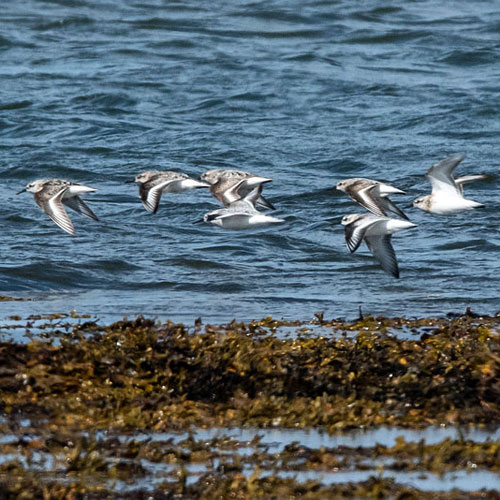 |
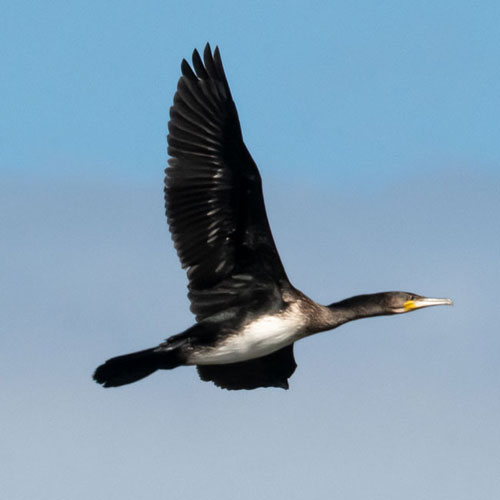 |
| Carrion Crow |
Mallard in Eclipse plumage |
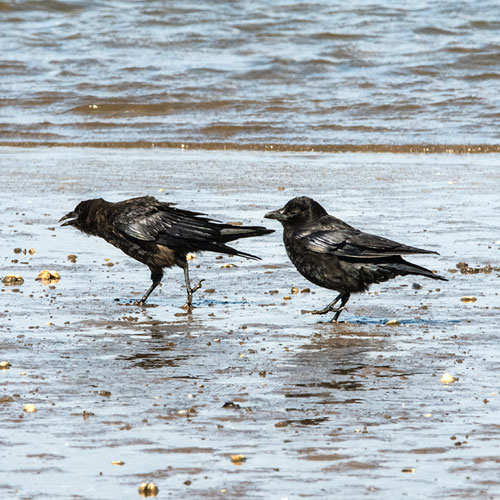 |
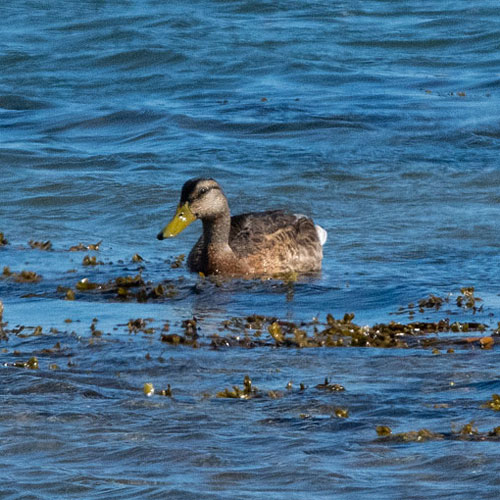 |
We stopped off at Longniddry Bents as we’d noticed that there were Terns and Gannets diving
quite near the shore. The view on the horizon was of the Edinburgh skyline.
On alighting from the car there was a wee Pied Wagtail looking at me longingly perhaps watching
for a scrap on food. We made our way down to the rocky shore where, once again, we took up
our positions on our three-legged stools, waiting for the Terns and Gannets to arrive. I snapped a
young Carrion Crow that was foraging on the shore about 10m from the camera. It was nice to
see a lovely Curlew fly past and land in a rock pool about 40m away.
| Female Pied Wagtail |
Juvenile Carrion Crow |
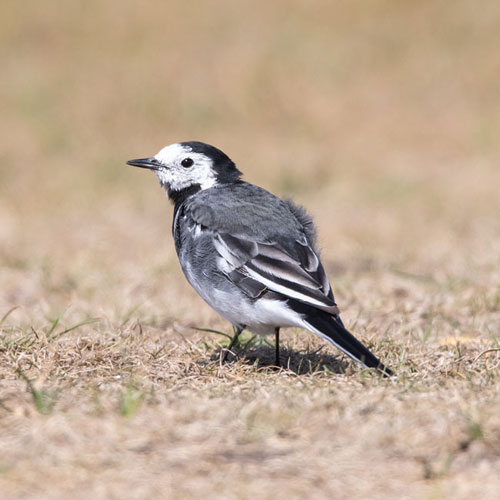 |
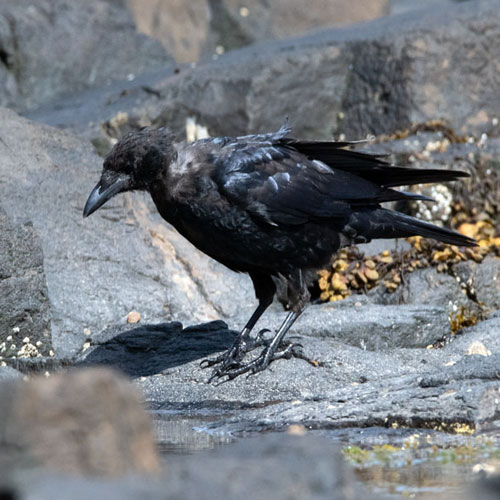 |
| Curlew... |
|
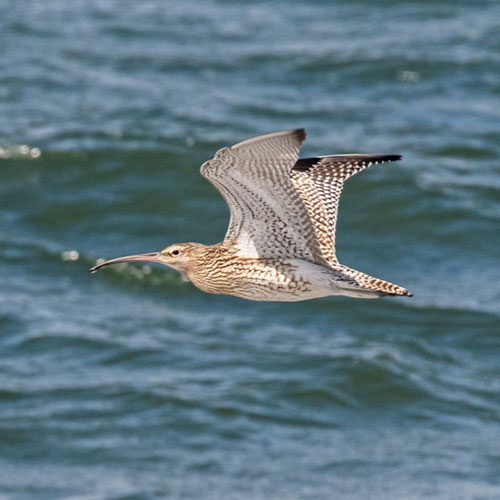 |
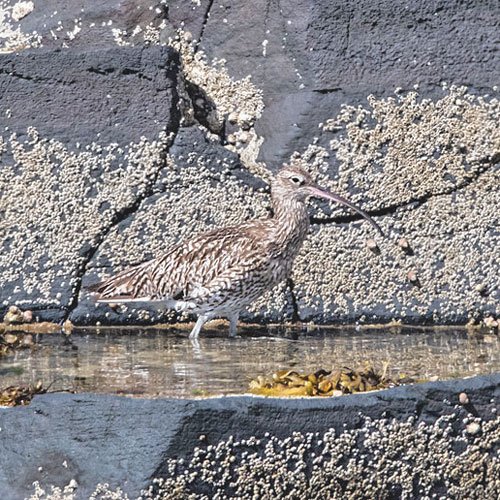 |
I also enjoy the passage of Oystercatcher flocks and I wasn’t disappointed since there were many
in the time I sat there.
We’d noticed that the Gannets had a sort of “circuit”. Since they seem to prefer hunting flying into
the wind, they flew down wind (roughly east) and proceeded to track west along the shore, diving
when they see the silver flashes of fish moving in the water below.
I composed a rough composite photo of the complete dive of one particular Gannet.
Like the Gannets, the Sandwich Terns followed a similar “circuit”, but their dives are a bit more
difficult to photograph since their flight paths are a bit random and are shorter. However, I did
manage a few dramatic shots.
We finished our session with a nice shot of a Goosander flypast and John found a moulting Eider
hiding behind large rocks on the shore.
| Female Goosander |
Eider Duck |
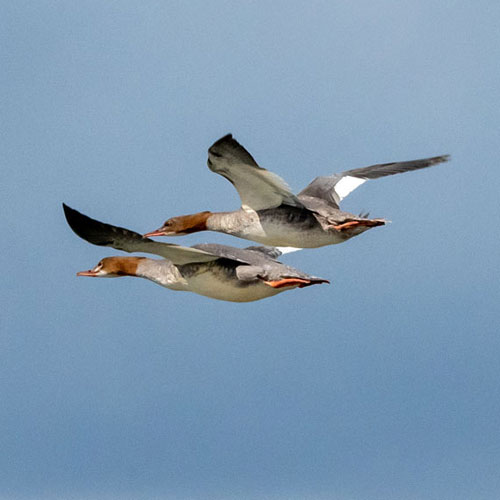 |
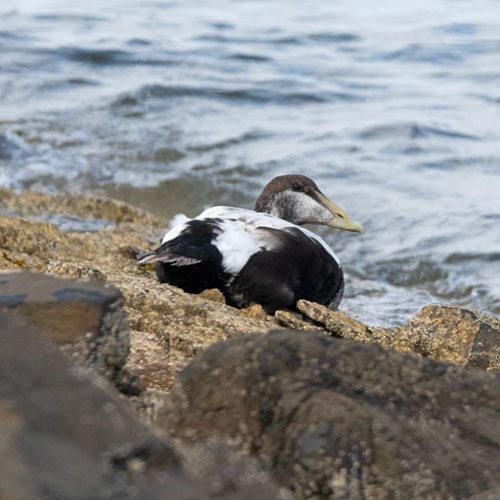 |
This was a very enjoyable outing with several special moments, such as seeing colony of
Common Seals, the Arctic Skua, the Grey Plover and of course watching the thrilling dives of the
Terns and Gannets. Our teas and strawberry tarts were therefore well earned and certainly
enjoyed. Also the weather exceeded our expectations - same again next week please
Week ending: 14th August 2022: Troon Harbour and Irvine Harbour
Although my WeatherPro app predicted that there was a band of potentially stormy weather
edging in from the west, sunny intervals were predicted on the North Ayrshire coast and haar
(stubborn mist) was to cover the Fife coast. I opted then for a trip to Troon on the west coast. The
BBC website indicated that the tide was favourably rising during our visit.
We arrived at Troon Morrisons for a wee brekky (8.5/10: good but deductions for small plate,
undercooked fried tomato and overcooked black pudding) after which we parked at the harbour
car park. There were Starlings and Herring Gulls being fed by another driver (bit early for chips?).
As we made our way onto the beach to the right of the car park, we passed a lovely flowering
Pencilled Cranesbill plant that was attracting a few Buff-tailed Bumblebees and also a bug,
Plagiognathus arbustorum , in the centre of one flower. John spotted a lone Curlew foraging
on the rocky shore and close to it, an Oystercatcher was jumping between rocks.
| Juvenile Starling |
1st Cycle Herring Gull |
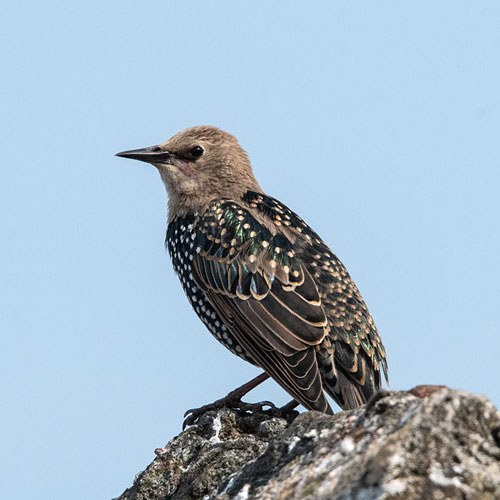 |
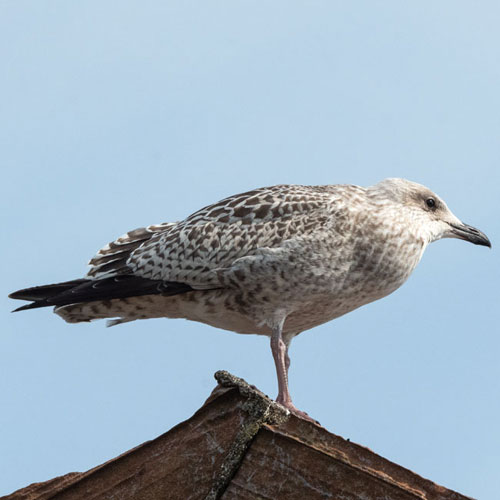 |
| Buff - tailed Bumblebee |
Bug - Plagiognathus arbustorum |
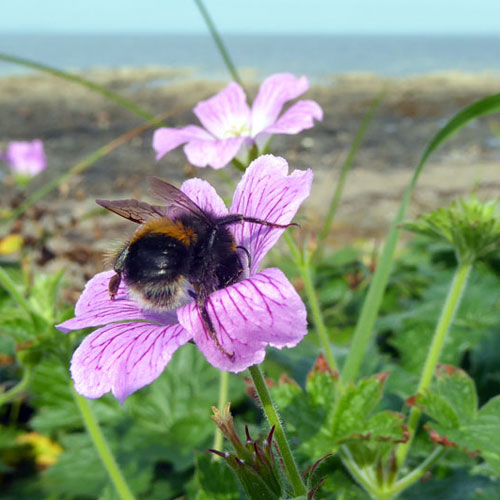 |
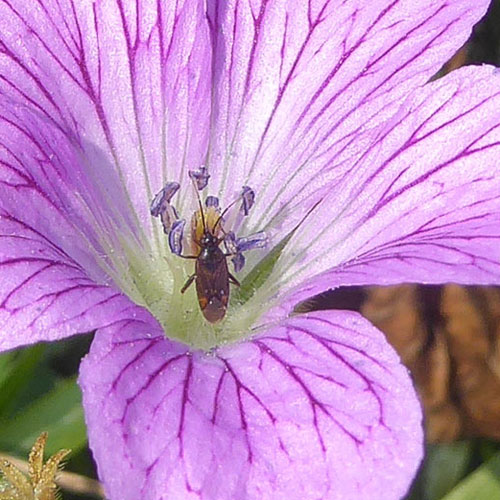 |
| Curlew |
Oystercatcher |
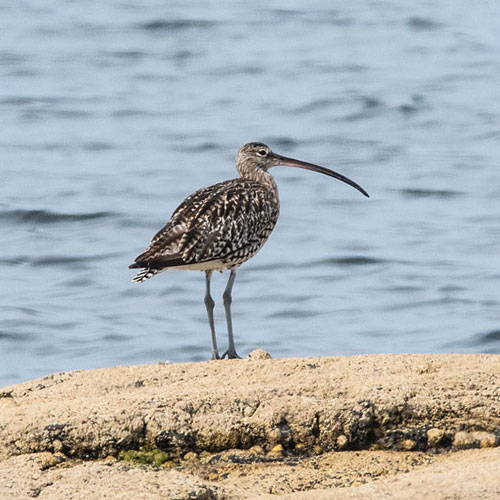 |
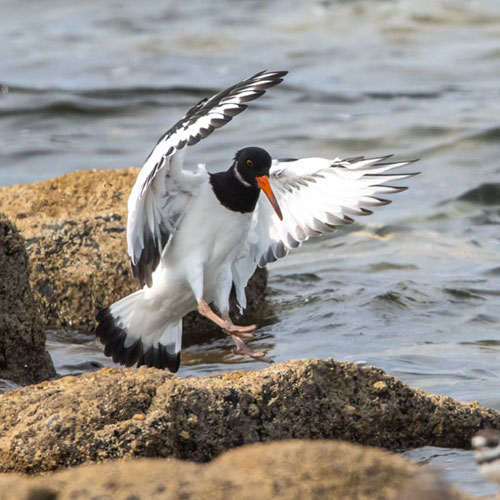 |
As he scanned the shoreline with his bins, John located a group of small waders, mainly
Ringed Plovers with a few Dunlin, Sanderlings and a single Turnstone.
I edged closer to the waders, taking care not to put them up and managed reasonable shots of
adult and juvenile Ringed Plovers, a wee group of Dunlin and a pair of snoozing Sanderlings. A
large Herring Gull kept me in its gaze as John directed me towards a Redshank he had sighted. I
got a few shots of the Redshank as it picked its way along the water’s edge.
| Ringed Plover |
Juvenile Ringed Plover |
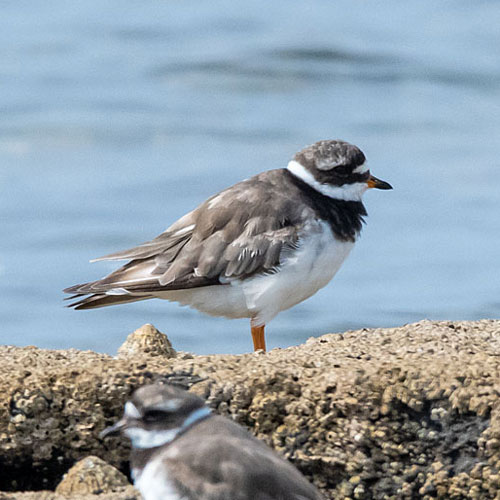 |
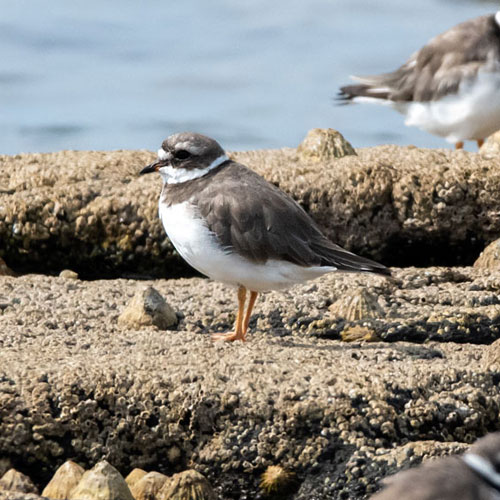 |
| Dunlin |
Sanderling |
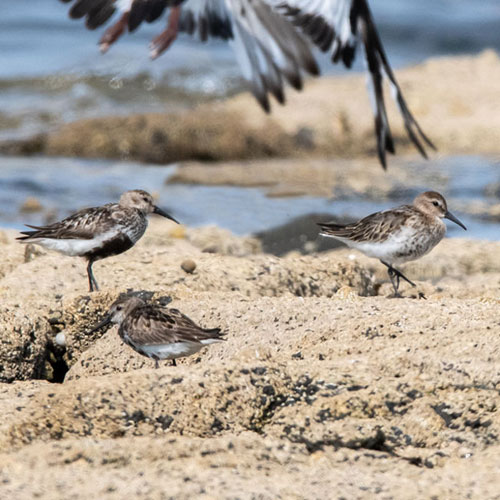 |
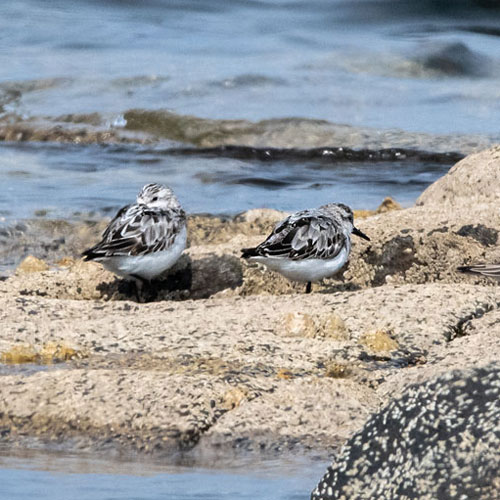 |
| Herring Gull |
Redshank |
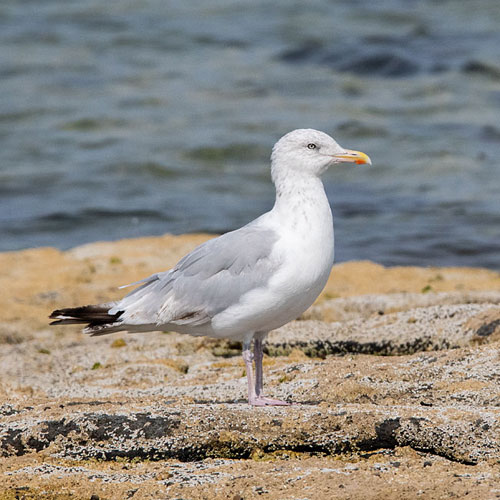 |
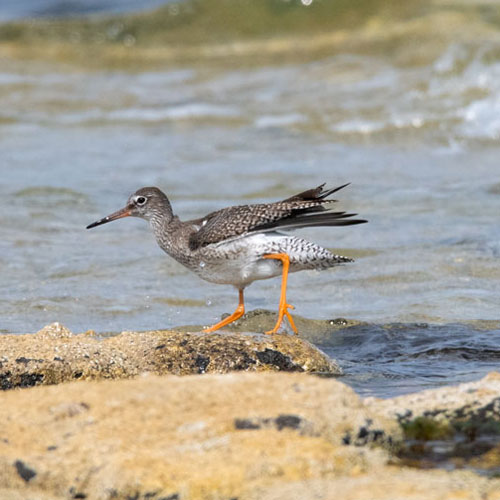 |
When we reached the end of the small beach we settled on our 3-legged stools and watched the
harbour entrance for any passing birds. John could just make out an Eider bobbing about 100m
out and took the shot below. There were Shags coming and going from their perches on
the tall harbour wall. Some were in the water close to the wall but most were flying in from further
afield. I also saw a trio of passing Sandwich Terns and also a handsome Gannet.
| Eider in Eclipse plumage |
Adult and Juvenile Shags... |
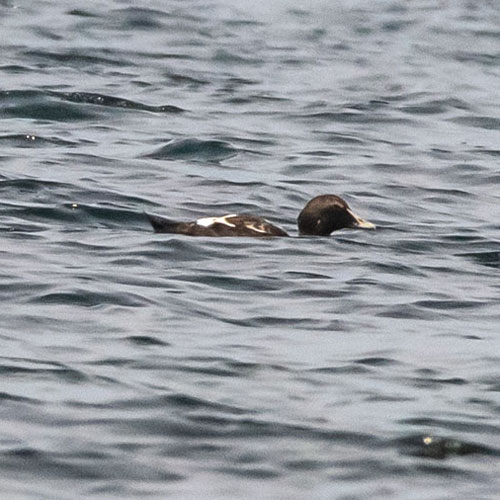 |
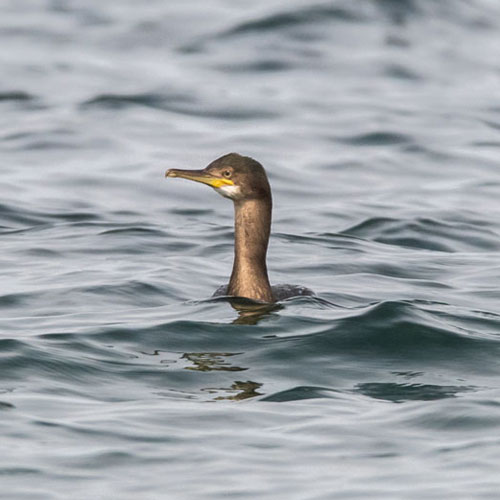 |
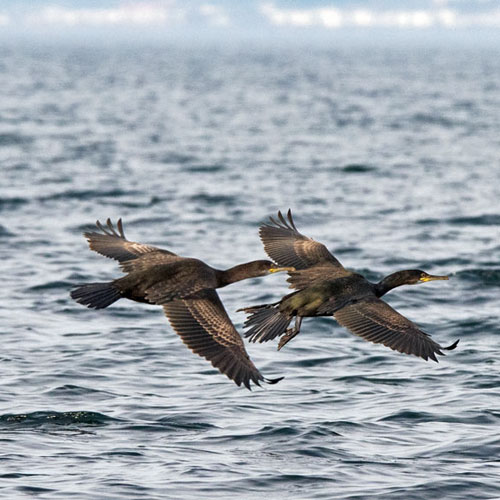 |
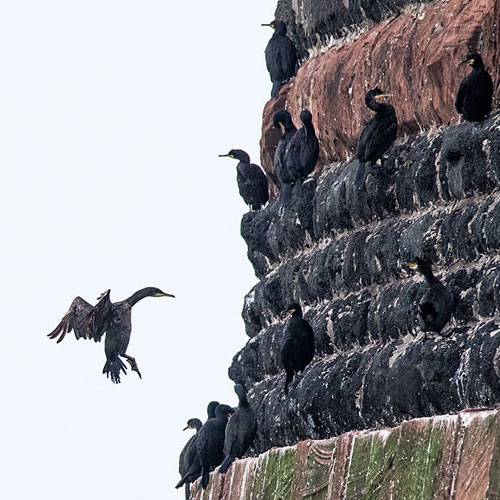 |
Sandwich Tern
|
Gannet
|
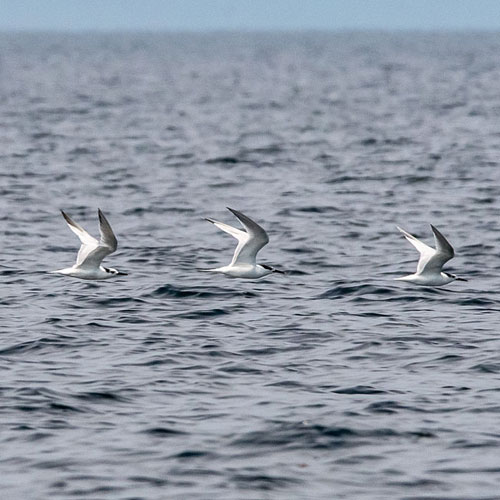 |
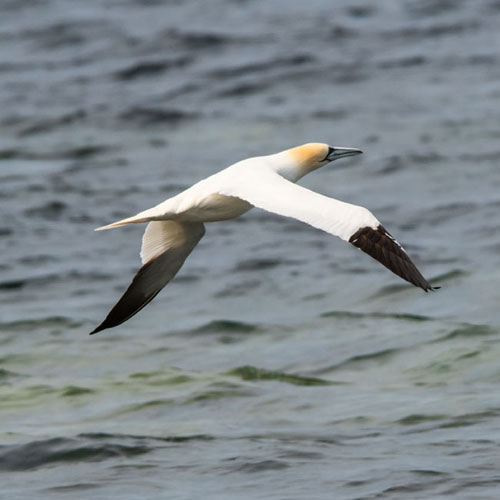 |
As we moved back off the beach I snapped a shot of a lovely Beach Rose. Less pretty were a half
dozen dead Blue Jellyfish lying on the sands. I also noticed a couple of sand-loving
wildflowers, Sea Rocket and Spear-leaved Orache.
| Japanese Rose |
|

|
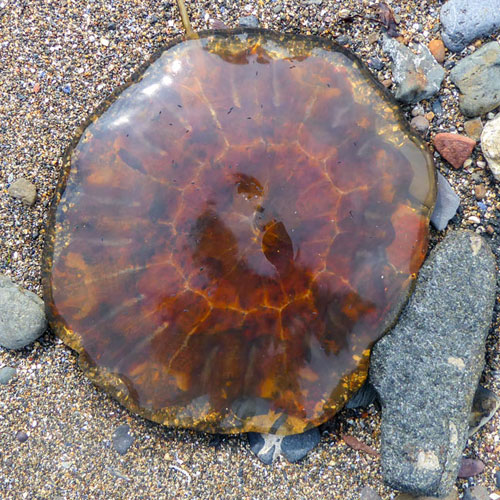 |
| Sea Rocket |
Spear - leaved Orache |
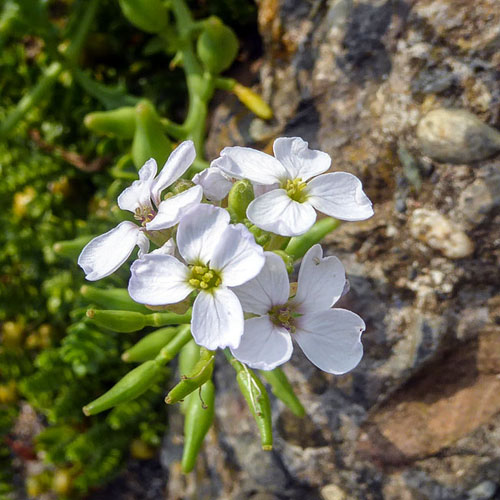 |
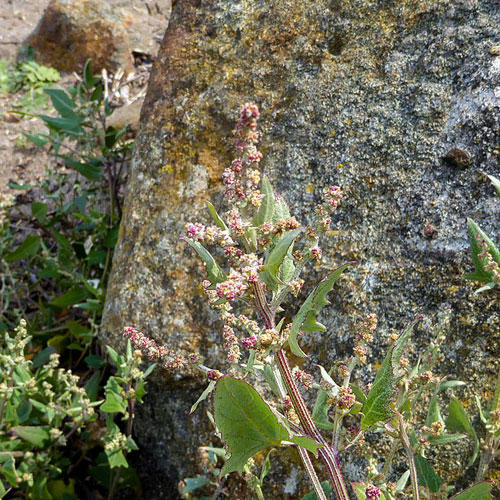 |
We were a bit surprised by the sudden close passage of a large Gannet that flew over the rocky
area in front our parked car.
While standing near the car, scanning the panorama, a small, white-rumped bird fluttered past low
over the rocks. It was a Wheatear, (its name is a corruption of “white-erse”). To John’ s great
delight he spotted “Sammy”, a Grey Seal , partially surfaced, looking back at the car park. I
managed a couple of shots before it dived. A wee female House Sparrow landed on a bollard
looking nervously towards me, perhaps looking to be fed. Just before we moved on to our next
location, an adult Shag flew past heading south.
| Wheatear |
Grey Seal |
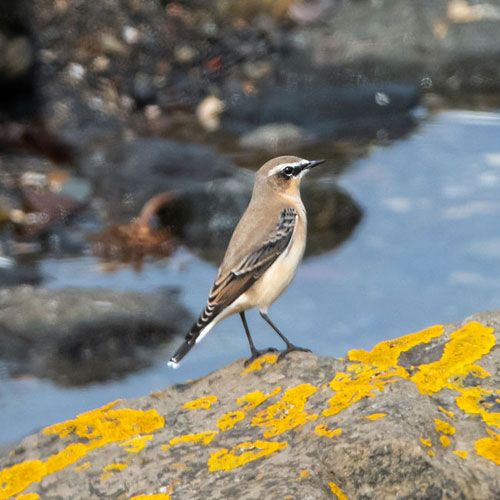 |
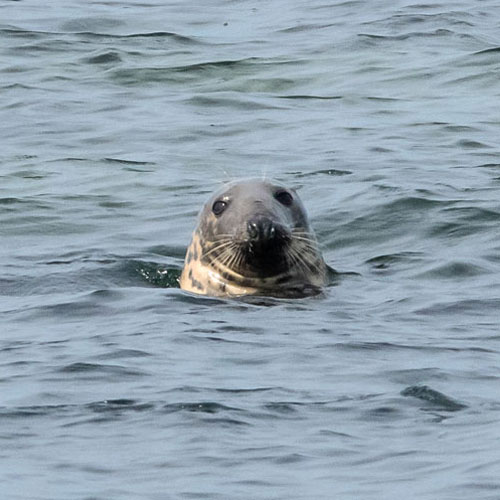 |
| Juvenile House Sparrow |
Shag |
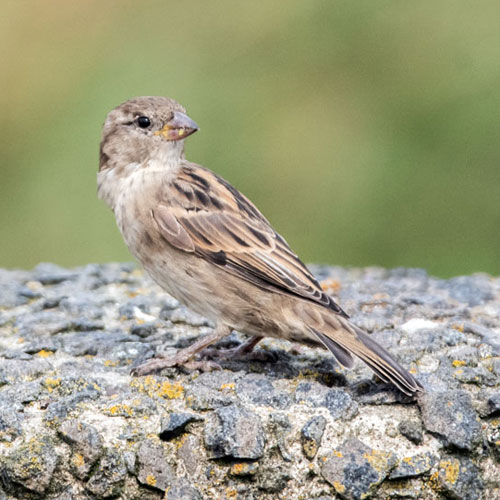 |
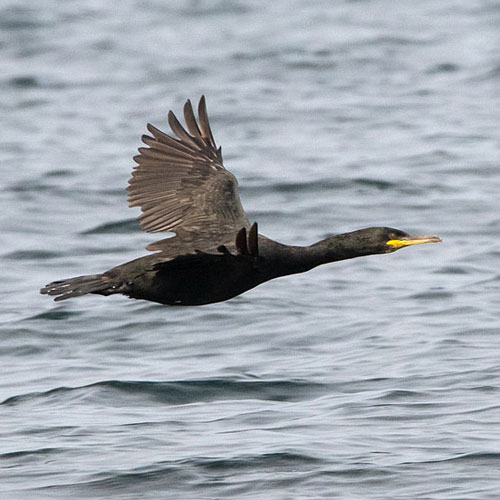 |
We stopped briefly at the North Shore Road car park to check out the south end of Barassie
Beach. The tide was well out and there were several dog walkers on the sands. However we did
see a Buff-tailed Bumblebee on Common Ragwort and also a pretty shot of Bramble fruit.
| Buff - tailed Bumblebee |
Bramble |
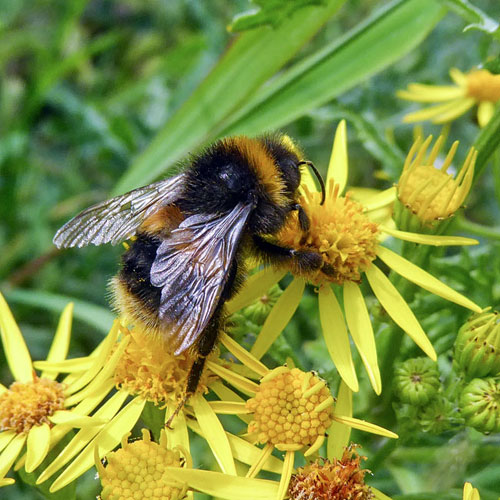 |
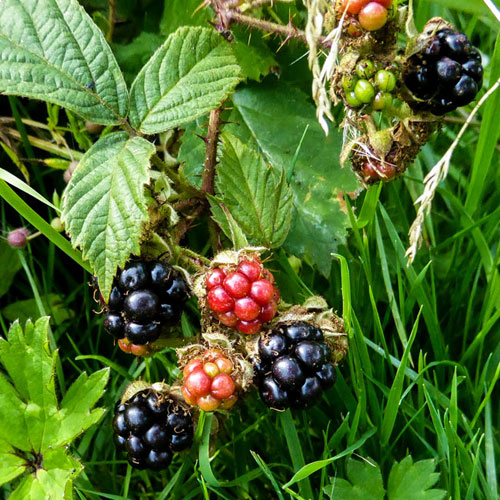 |
We had a similar experience at the Titchfield Road car park - no birds due to beachcombers and
only a panoramic view of the Troon South Beach.
We next relocated to Irvine Harbour. On a brief walk along the promenade by the River Irvine we
saw a Mute Swan searching the river edges for food. On the opposite bank there was a juvenile
Shag standing, resting between sessions of diving for fish. Further upstream, opposite the
Maritime Museum, a Grey Heron was lurking on the riverbank ready to snatch any unsuspecting
creature that passed its gaze. John noticed that there were three large Grey Seals on a platform
some 200m away along the River Garnock.
| Mute Swan |
Juvenile Shag |
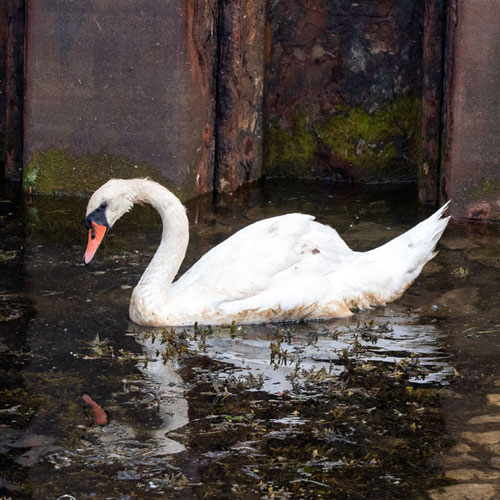 |
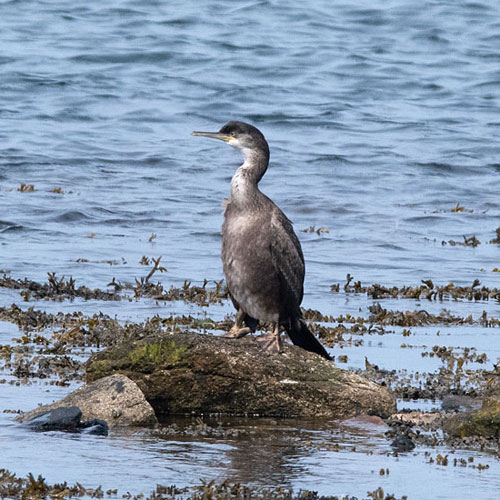 |
| Grey Heron |
Grey Seal |
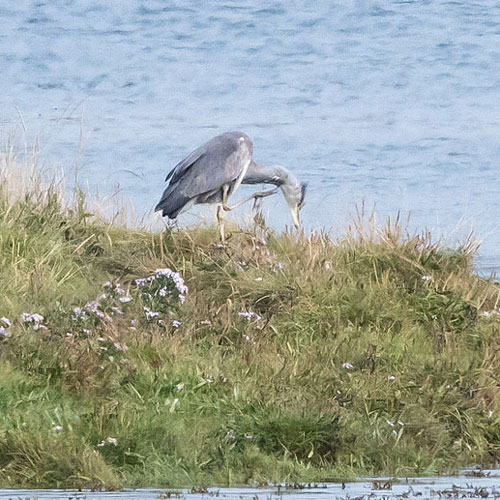 |
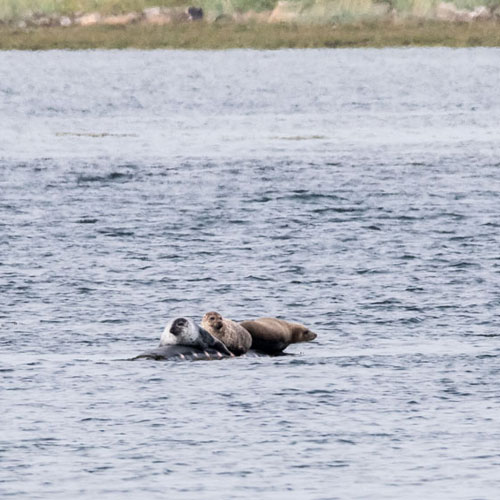 |
After I had photographed the seals, a small flock of Oystercatchers flew up the estuary and across
to Bogside, where there were large numbers of birds amassed.
At the Scientists’ Bridge we watched a juvenile Shag diving for fish in the water below. We were
luck enough to see it with a fish. The fish didn’t show for long - probably 3 seconds. However it
did take a few minute to get it down its long neck into its stomach. Note the increased thickness
of its neck as the fish is being swallowed. On snapping these shots my eye was drawn to a
wildflower at my feet. It had small and daisy-like with yellow petals. It was Sticky Groundsel.
We finished our observations at the mouth of the estuary, watching a group of Sandwich Terns
repeatedly diving for fish. Note the speckled plumage of the juvenile is unlike the adults’ black and
white plumage.
| Sandwich Tern |
Juvenile Sandwich Tern |
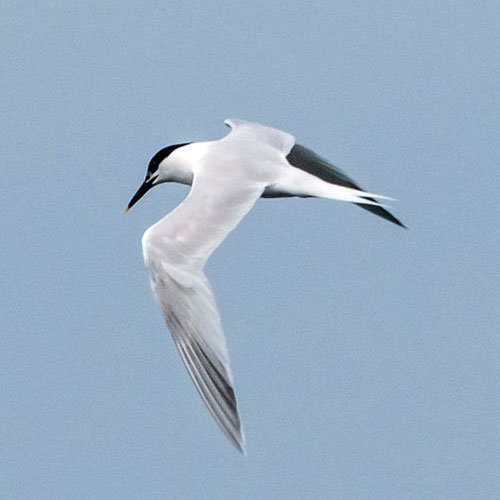 |
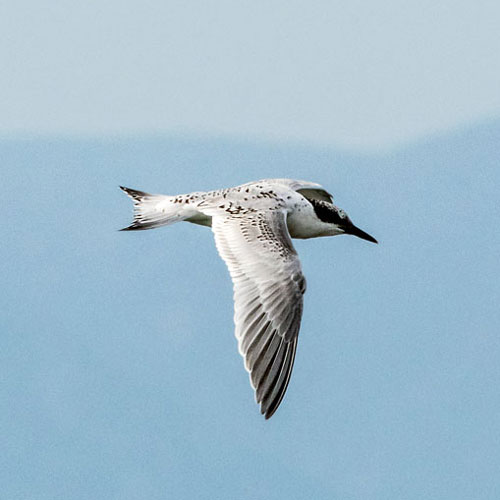 |
I finished with a wide shot of the gulls on the opposite bank of the river mouth. Close
scrutiny of the photo reveals Herring, Lesser Black-backed and Great Black-backed Gulls. There
are also Oystercatchers and a Sandwich Tern.
My weather app got its predictions right. There was no rain and the sun shone for most of the
time. My favourites sightings were the Shag with a fish and the Wheatear. We of course
celebrated another successful Sunday outing by consuming Tea and Strawberry Tarts. The warm
spell was predicted to end the next day but surely it is not out the question that next Sunday
could also be warm and sunny.
Week ending: 7th August 2022: Musselburgh
Weather predictions for Sunday were pointing clearly to the east for the best chance of sunshine. I
decided to visit Musselburgh since it had been six weeks since our last visit. So after our
customary Dalkeith Morrisons’ breakfast (9.5/10: excellent, marred only by the John’s over-fried
egg) we parked by the mouth of the River Esk, on Goosegreen Place near the Cadet Hall and
immediately set off for the Scrapes. The sun was breaking through a generally cloudy sky but we
could see large patches of blue sky over surrounding areas, so we were optimistic.
The Esk mouth was very busy with Mute Swans some of whom were being fed bread by walkers.
A few Cormorants and Eider were standing on the opposite sea wall while quarrelsome
Goosanders were splashing around in the water below them. As we progressed further from the
Cadet Hall more and more Common Eider came into view. We reckoned that there must
have been around a hundred birds made up of eclipse males, juveniles and females. Sadly, we
couldn’t see the reported juvenile King Eider amongst them. Carrion Crows were busy foraging
along the river edges.
| Cormorant |
Female Goosander |
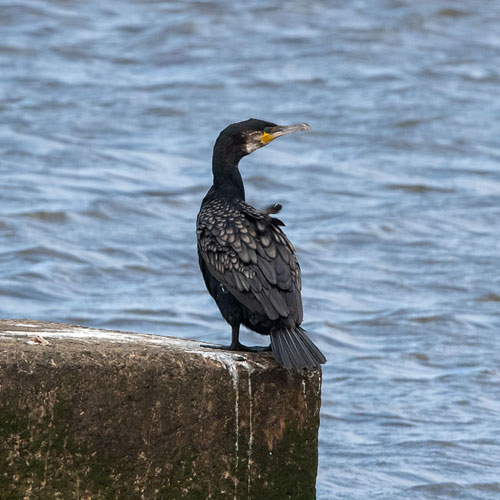 |
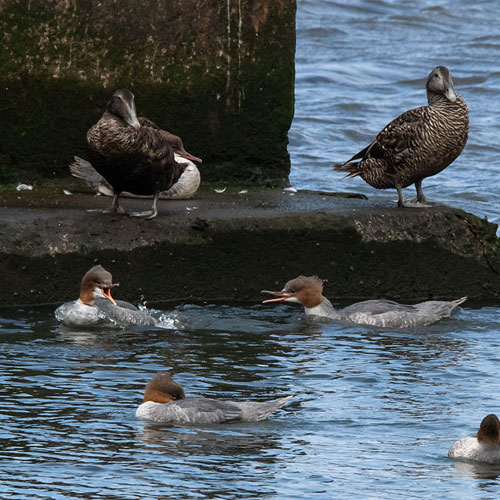 |
| Eider in Eclipse plumage |
Female Eider |
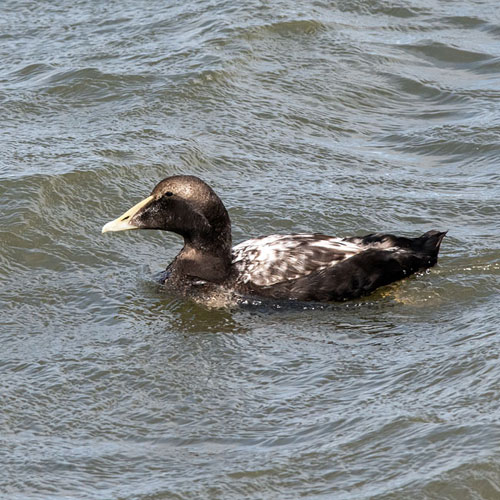 |
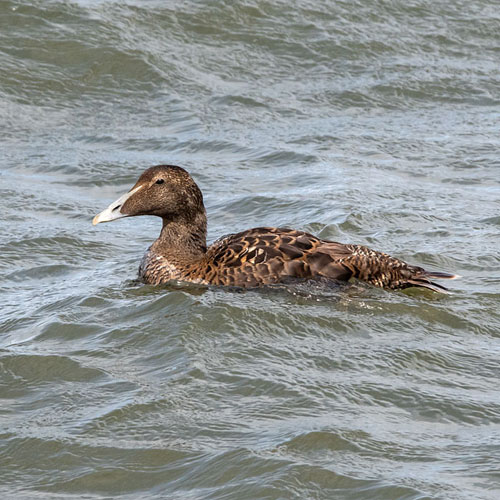 |
| Juvenile Eider |
Carrion Crow |
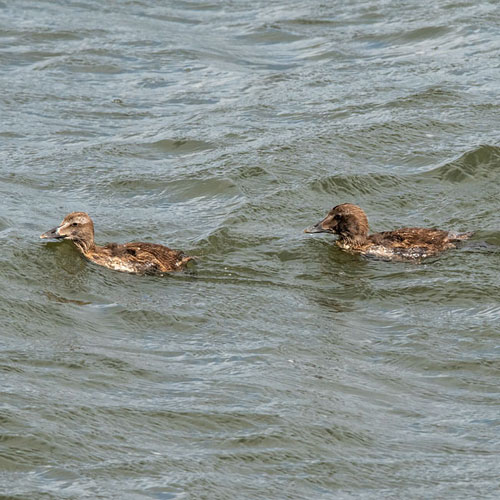 |
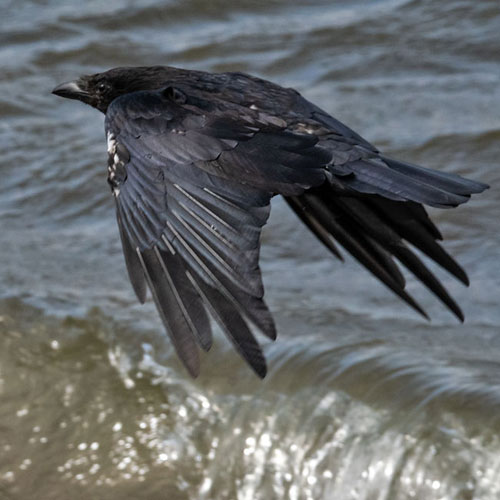 |
As the path along the sea wall took us away from the river, John spotted a very large gathering of
Goosanders a few hundred Metres from the shore. Individuals in the flock were periodically
making “sprinting” through the crowd. I’m not certain but I think they are hunting fish and when
any one bird is successful some of the others pursue it to steal its catch.
Eventually we reached the Levenhall Links Bird Reserve, better known as the “Scrapes”. We
started in the middle hide. As the tide was high, the reserve was well populated with birds.
Straightaway we noticed some Curlews close the the hide. We also noticed Greylag Geese,
Canada Geese and four juvenile Shelducks . We moved to the left hand hide (the right hand
hide was fruitless). There was a large accommodating Wood Pigeon on the path to the hide and I
also photographed the hoverfly Eupeodes latifasciatus on a Large Bindweed flower.
| Curlew |
Greylag Goose |
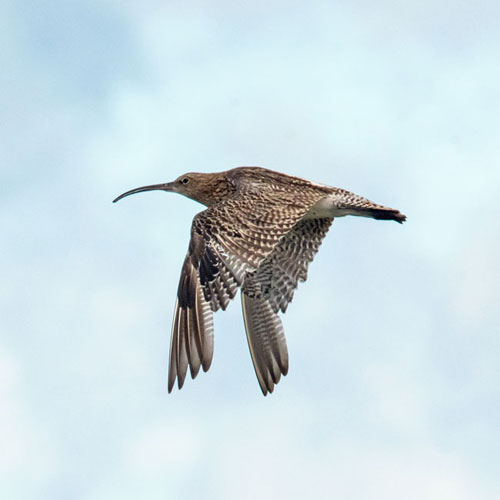 |
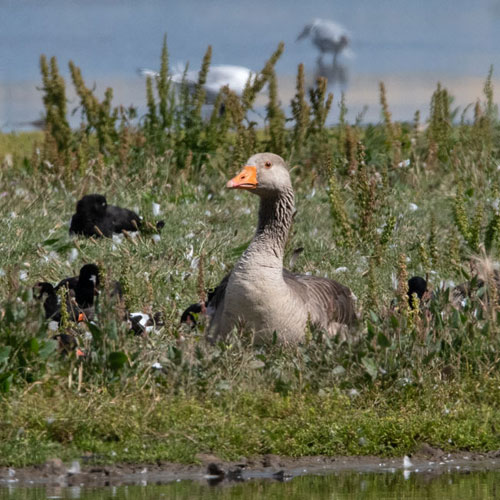 |
| Juvenile Shelduck |
Oystercatcher |
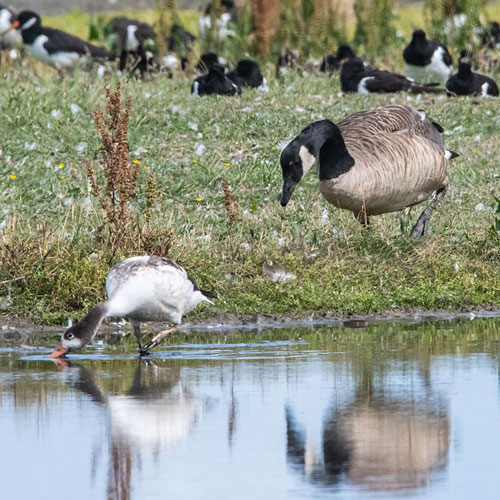 |
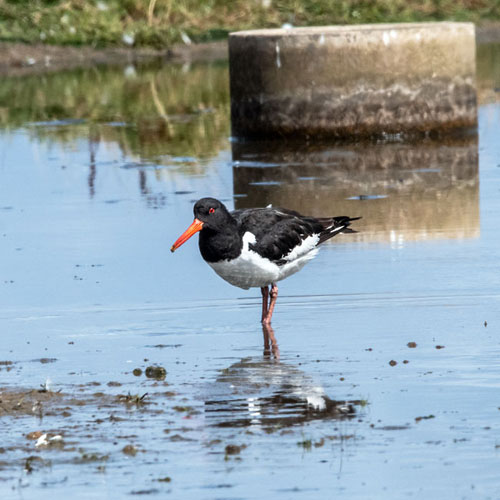 |
| Wood Pigeon |
Hoverfly - Eupeodes latifasciatus |
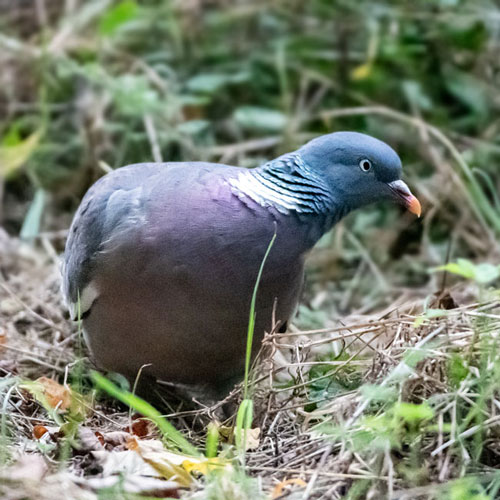 |
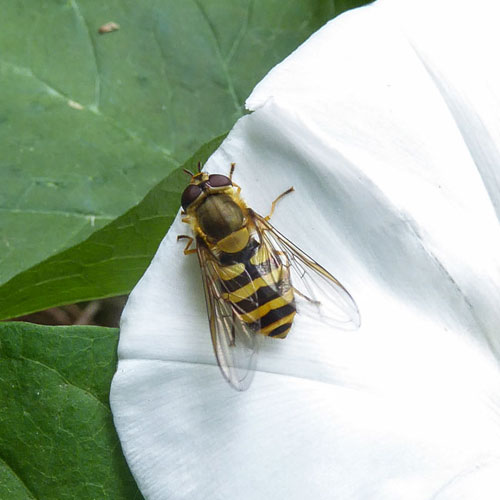 |
We were surprised to see a Grey Heron prowling a mere 10m from the hide. I took quite a few
shots as it crept ever closer. There were Greylag and Canada Geese 20-40m from the hide. Six
more Canada Geese flew into the reserve and settled between scrapes. I also spotted a Canada X
Greylag hybrid goose at the near-edge of the right-most scrape. We were pleased also to see a
Black-tailed Godwit wading close to the hybrid. I later noticed that there was a large group
of Black-tailed Godwits and Curlews roosting in the pond on the far scrapes.
| Grey Heron |
Greylag Goose |
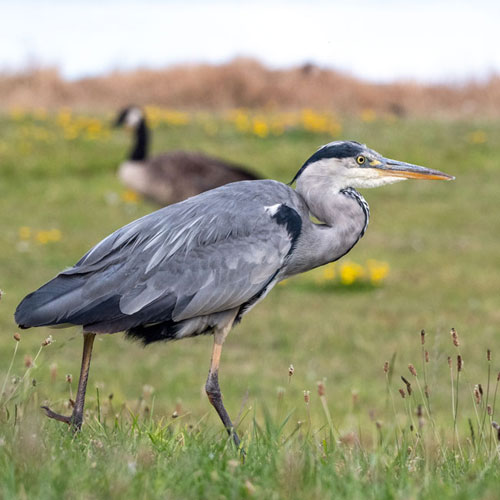 |
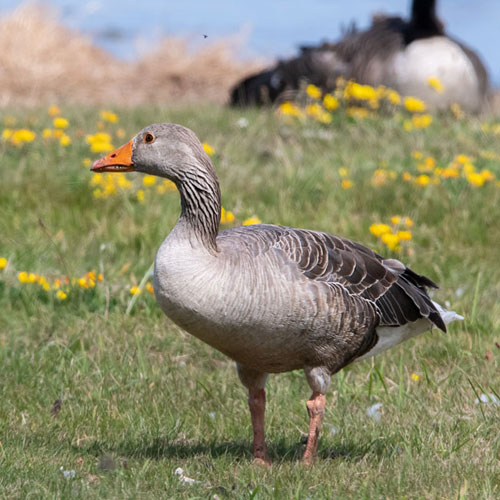 |
| Canada Goose... |
|
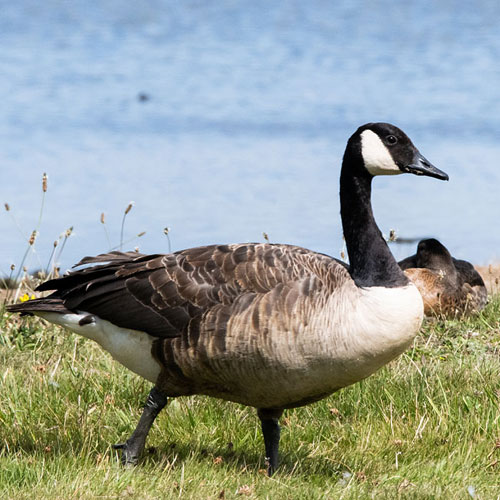 |
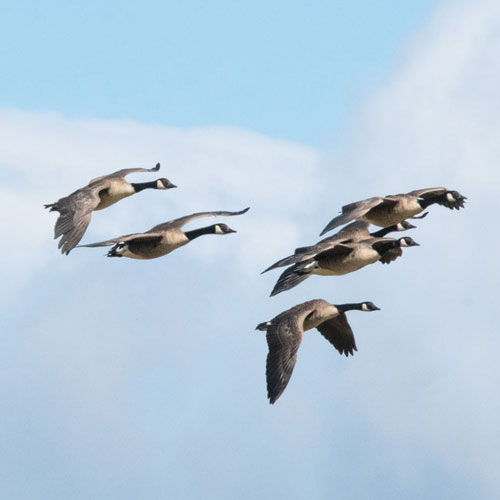 |
| Greylag / Canada Goose Hybrid |
Black - tailed Godwit |
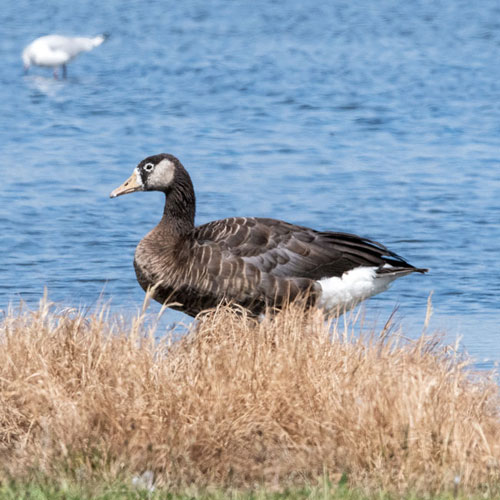 |
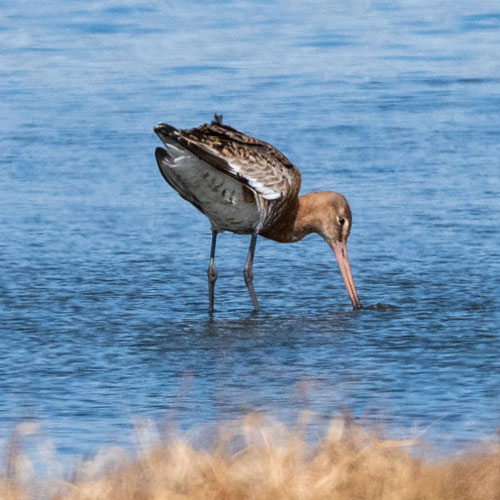 |
The four juvenile Shelducks flew onto the back of the right scrape and proceeded to dabble in the
now steady sunshine. A pair of moulting Magpies flew down from the bushes and bounded close
the the hide. Suddenly there was a bit of noisy action when a pair of Sandwich Terns
arrived back to the scrape after their fishing expedition in the Firth of Forth. I managed a few
shots of them as they circled the site looking for their chicks calling in their distinctive rasping
voice. Only one of the Terns found their youngster. The other flew away to search further afield. I
also managed a shot of a much less noisy flier, a Meadow Brown butterfly on Red Clover.
| Juvenile Shelduck |
Magpie |
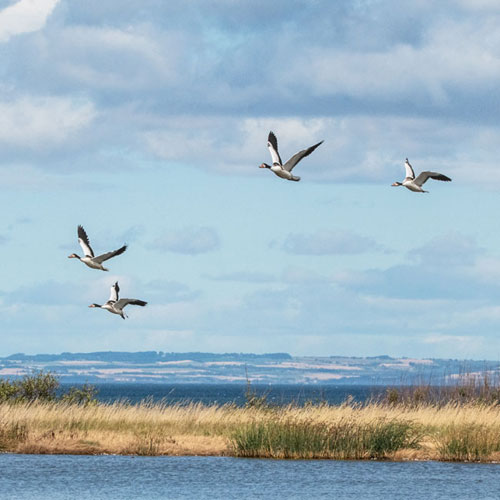 |
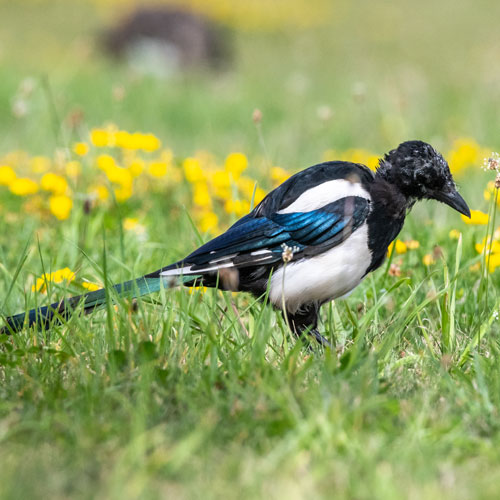 |
| Sandwich Tern |
Meadow Brown Butterfly |
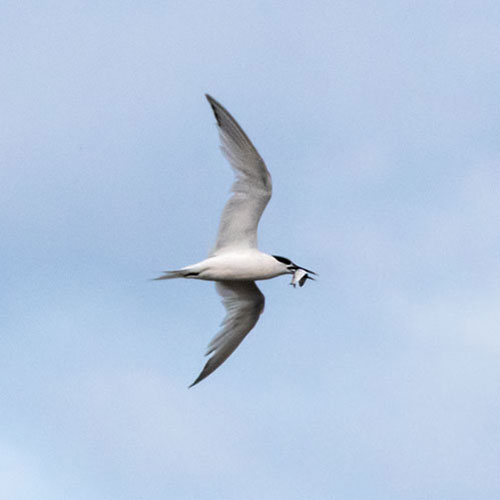 |
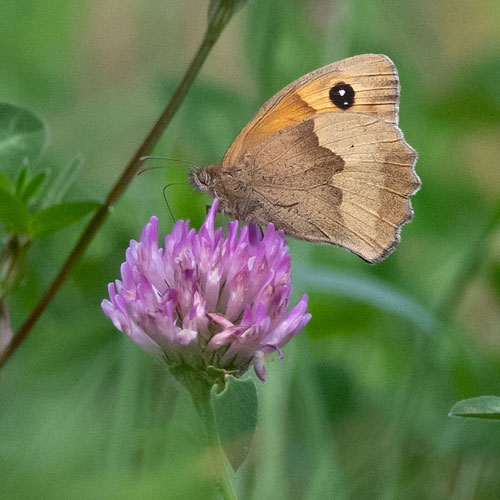 |
Satisfied with our sightings at the scrapes we set off on our return journey. I noticed a Sunflower
growing at the back of the Boating Pond, probably propagated from walkers’ bird seed. At the
sea wall I photographed a pretty patch of Sea Mayweed and also a pink-coloured Yarrow
flowerhead upon which there was a small fly, Eriothrix rufomaculata, a parasite whose
young develop inside moth larvae. A couple of birds checked us out as we walked by the sea wall
- a Pied Wagtail and a Stonechat , both juveniles.
| Sunflower |
Sea Mayweed |
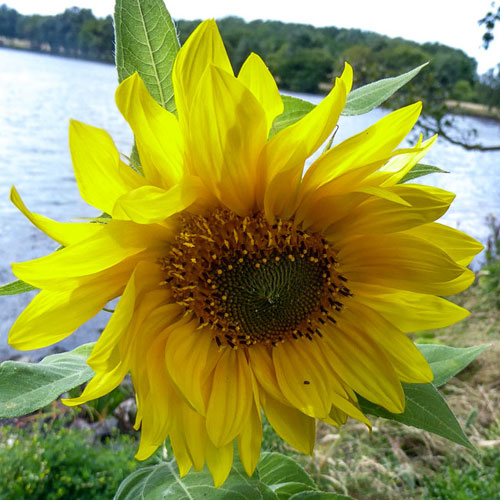 |
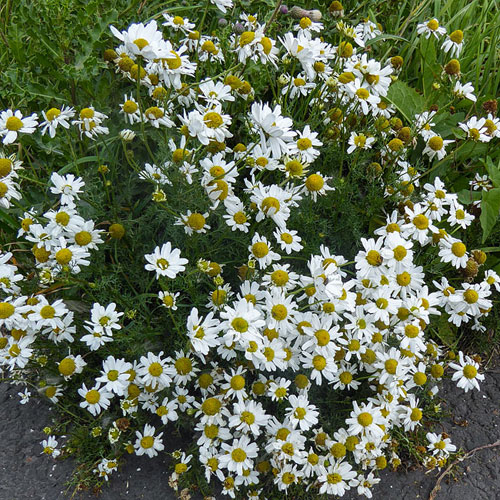 |
| Yarrow |
Fly - Eriothrix rufomaculata. |
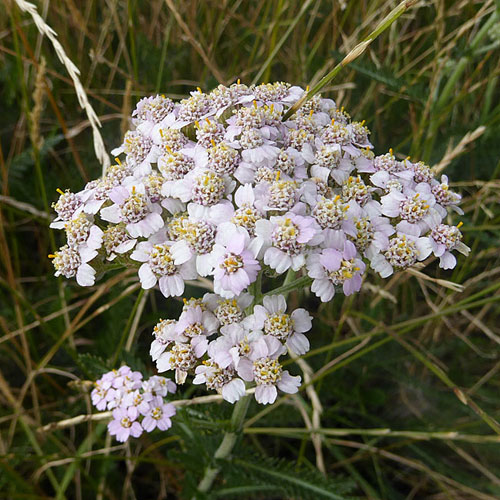 |
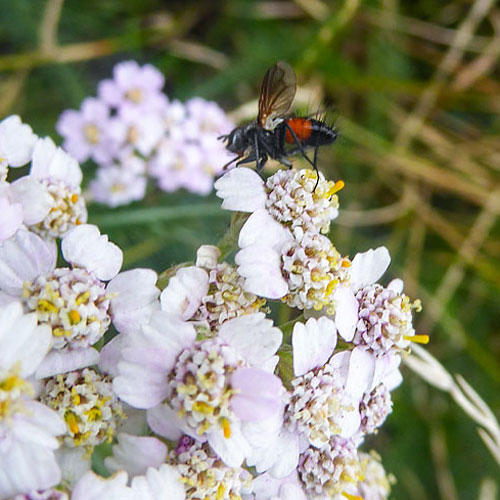 |
| Juvenile Pied Wagtail |
Stonechat |
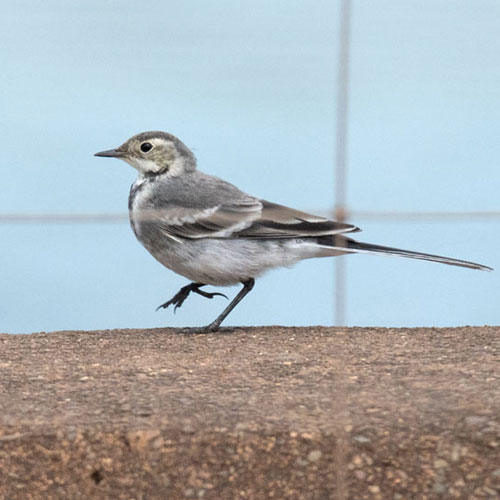 |
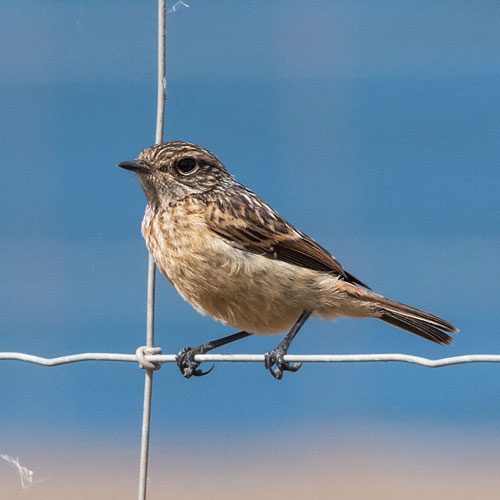 |
We were entertained for a time by a pair of diving Sandwich Terns (perhaps the same birds we’d
seen at the Scrapes). Although they were about 100m away I managed a decent set of shots of a
typical dive.
As the tide goes out to reveal the sandy shoreline, most of the birds we saw left the Scrapes to
seek out food from the damp sands and rock pools. We watched one such group of birds,
Oystercatchers, flying low below the level of the sea wall. They were but one “squadron” of many
that passed us.
Passing also were gulls: Herring, Lesser Black - backed and Black - headed Gulls
We passed a long line of Mute Swans just before we reached the Eskmouth.
There were some interesting sights on the near side shoreline of the river. I snapped an
Oystercatcher that was standing in the shallows just as a Carrion Crow flew to the base of the
seawall with a Shore Crab. We watched as it started to dismember the crab. Interestingly the
other Crows didn’t harass it. We finished with a shot of a Curlew working it’s way along the
shoreline and one of a Bar-tailed Godwit, the cousin of the Black-tailed Godwits we’d seen
at the Scrapes.
| Oystercatcher |
Carrion Crow |
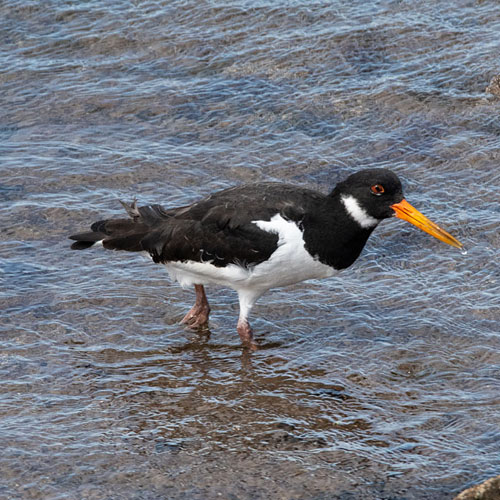 |
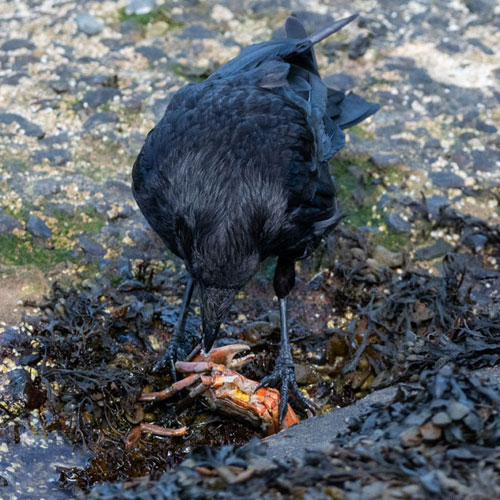 |
| Curlew |
Bar - tailed Godwit |
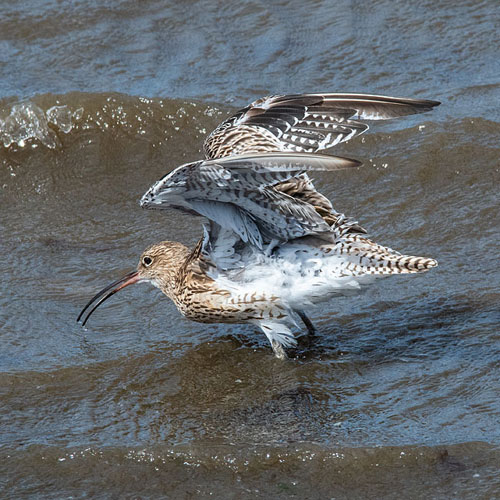 |
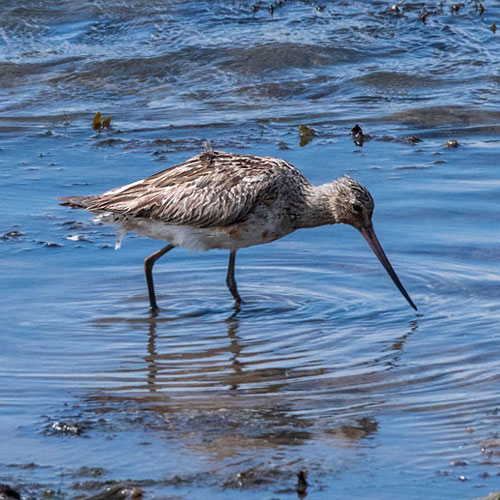 |
John and I often comment that Musselburgh seldom lets us down with regard to the number and
quality of sightings. Sunday was confirmed this. We accumulated a very satisfactory number of
photographs of a pleasing range of species. Afterwards there was nothing else for it - tea and
strawberry tarts by the River Esk as we discussed our favourite sightings. Mine was the young
Stonechat and I alway love watching Terns diving. Hopefully the heat wave predicted for next
week will extend to next Sunday when we can further hone our observational skills at another
interesting site
Highlights - August 2022
We present this month’s gallery of my
favourite pictures I’ve taken during August 2022. They are
not listed in the order they have been taken, but according to a series
of themes. I’ve kept
commentary to a minimum, preferring to let each picture talk for itself.
YOUNG BIRDS
| Juvenile Chaffinch |
Juvenile Coot |
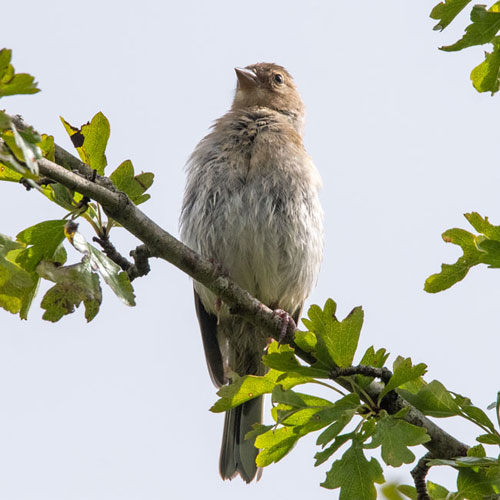
|
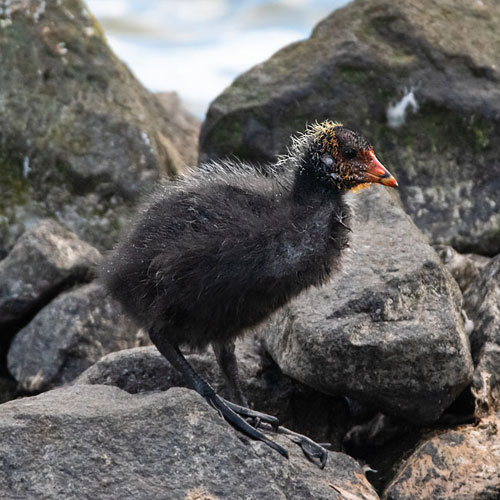
|
| Juvenile Cormorant |
Juvenile Great Crested Grebe |
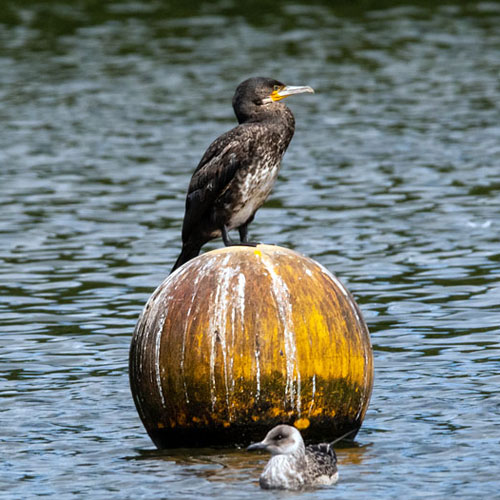
|
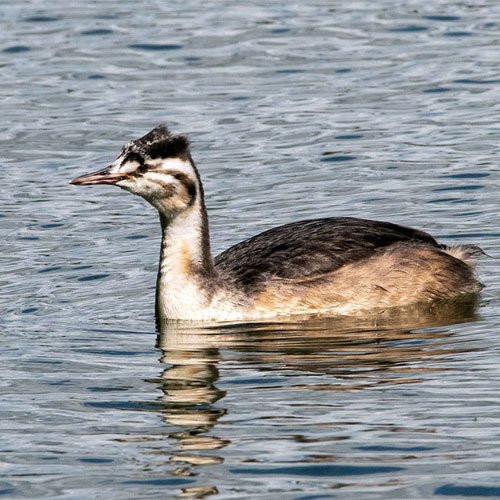
|
| Juvenile Grey Heron |
Juvenile Little Grebe |
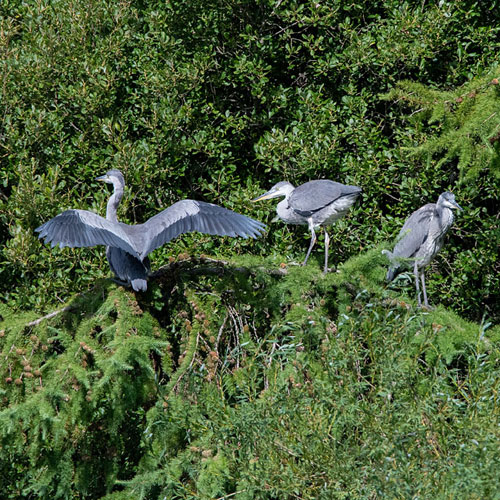
|
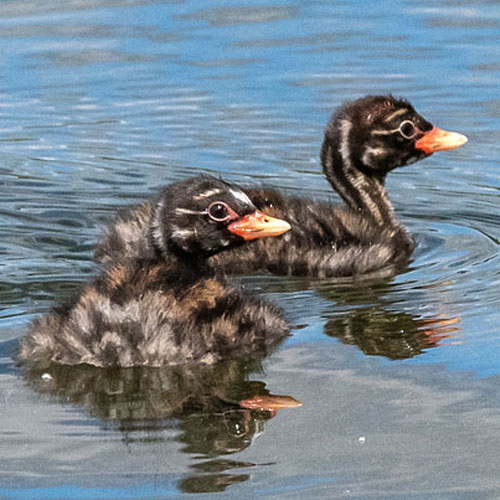
|
| Juvenile Mallard |
Juvenile Moorhen |
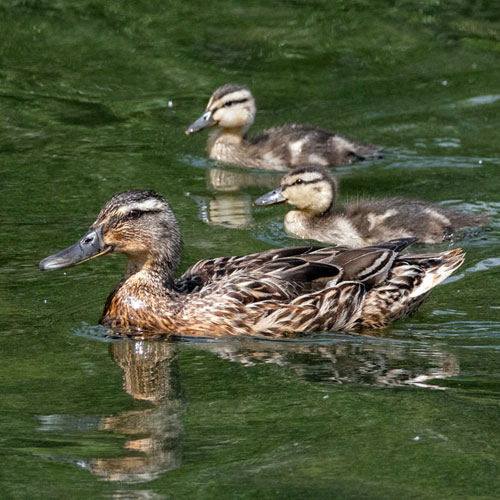 |
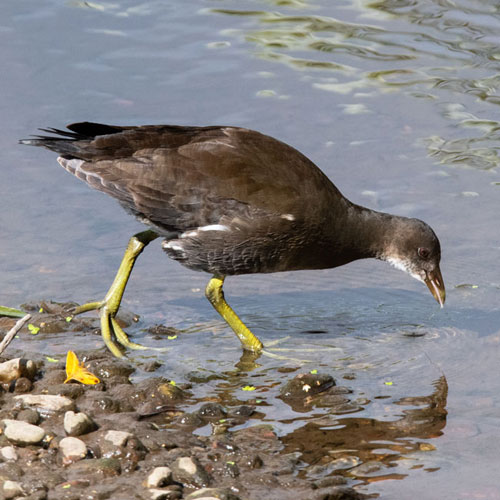 |
FEEDING TIME
| Coot |
Great Crested Grebe |
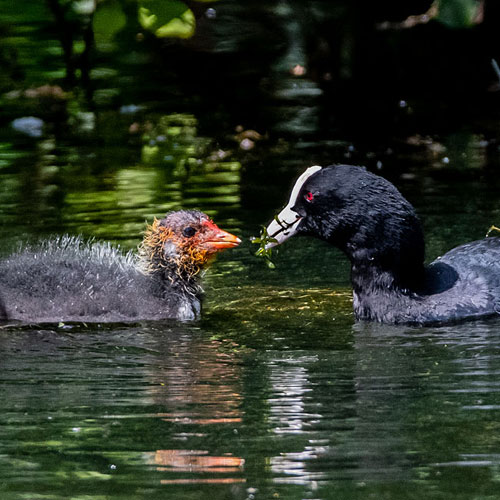
|
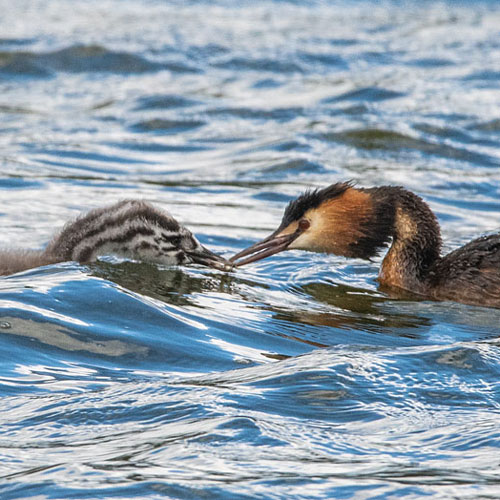
|
| Little Grebe |
Moorhen |
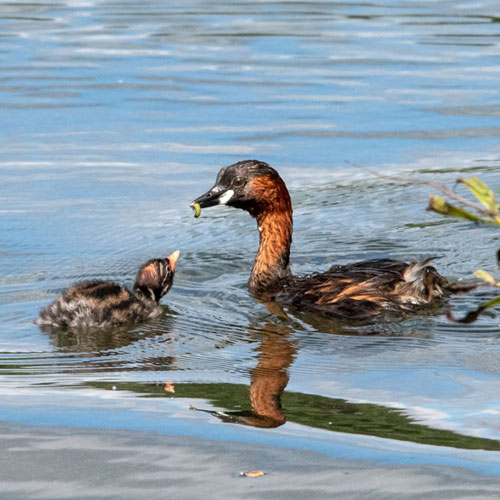
|
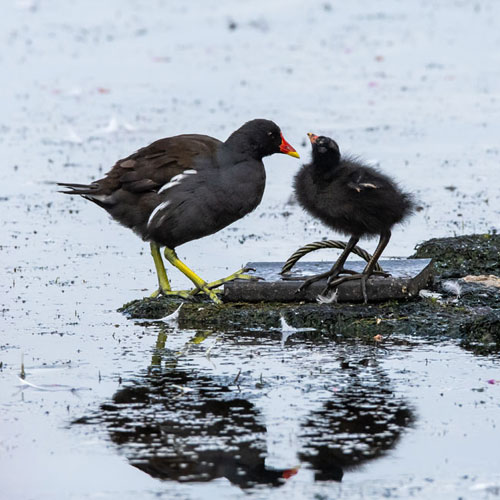
|
| Reed Bunting |
House Sparrow |
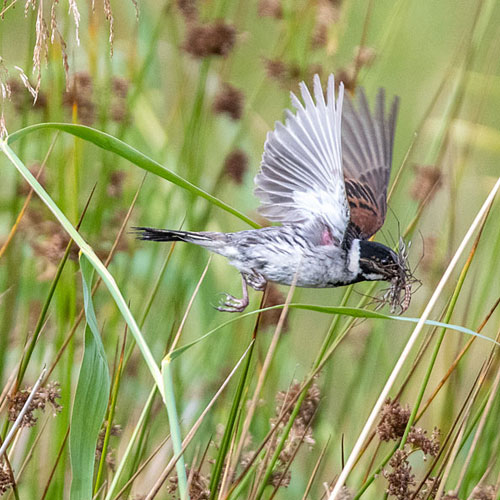
|
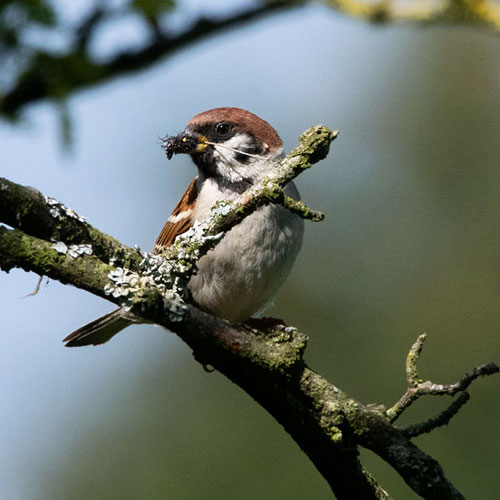
|
FLORA
| Lady Phacelia |
Large Bindweed |
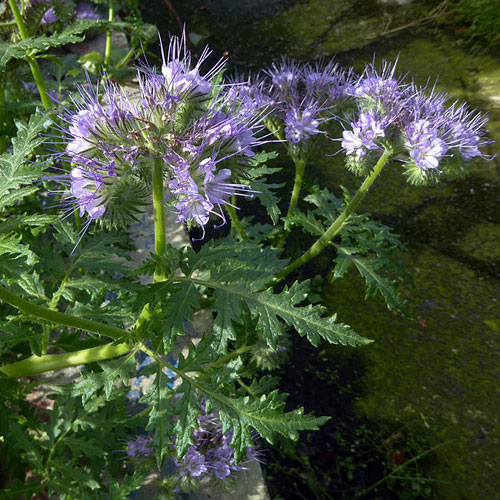
|
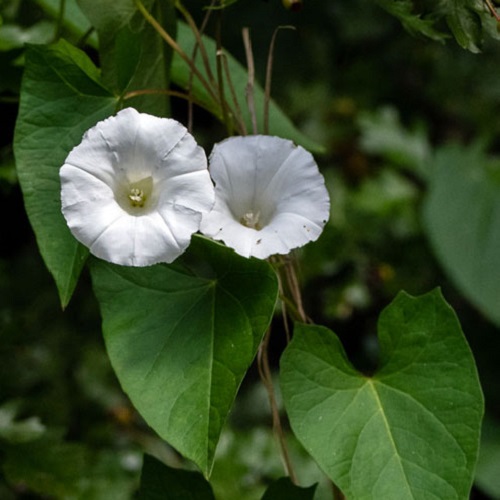
|
| Meadow Cranesbill |
Water Mint |
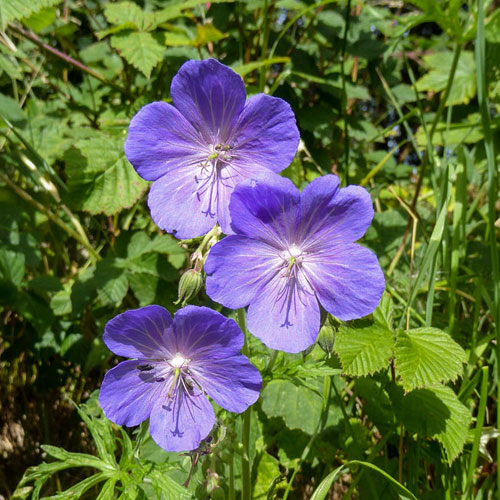
|
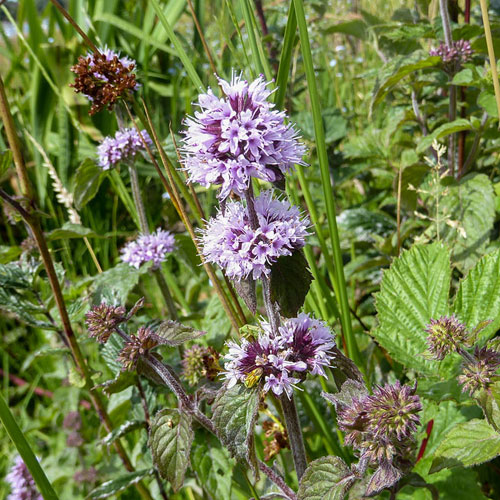
|
VERTEBRATES
| Common Blue Damselfly |
Dragonfly - Common Darter |
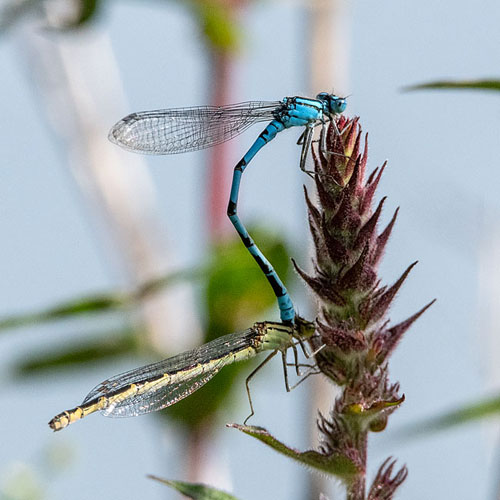
|
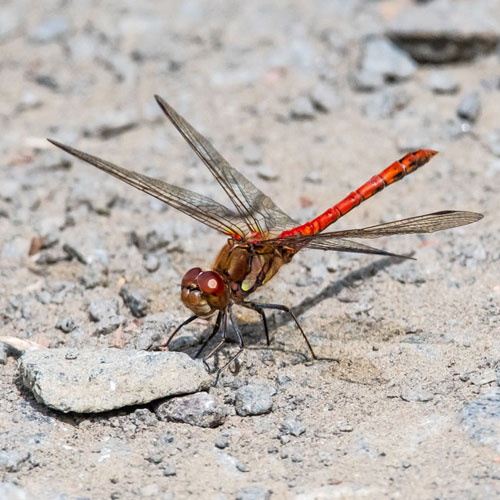
|
| Emerald Damselfly |
Fly - Eriothrix Rufomaculata |
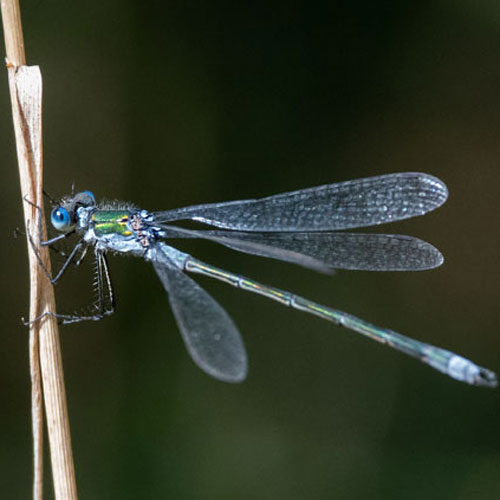
|
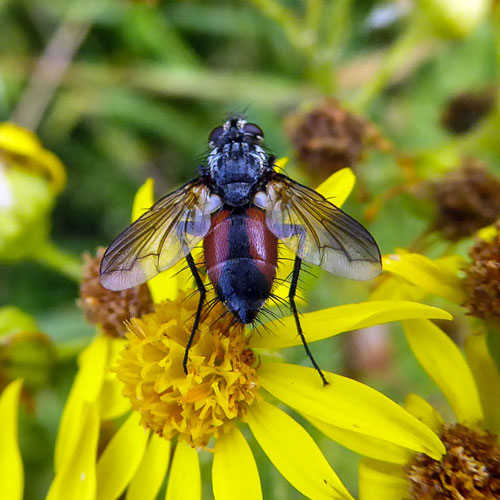
|
| Green - veined White Butterfly |
Hoverfly - Leucozona Glaucia |
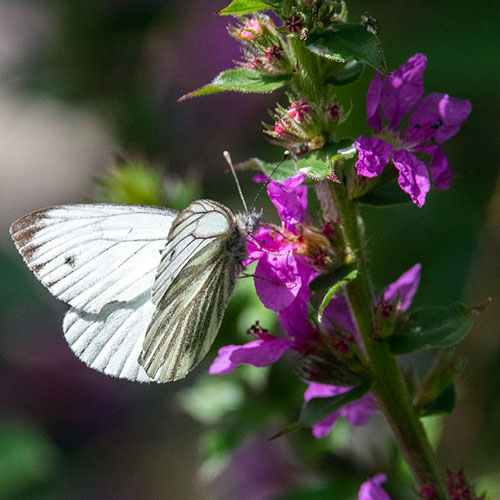
|
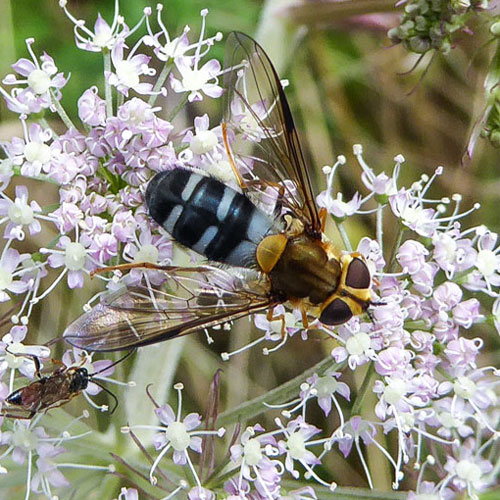
|
| Peacock Butterfly |
Red Admiral Butterfly |
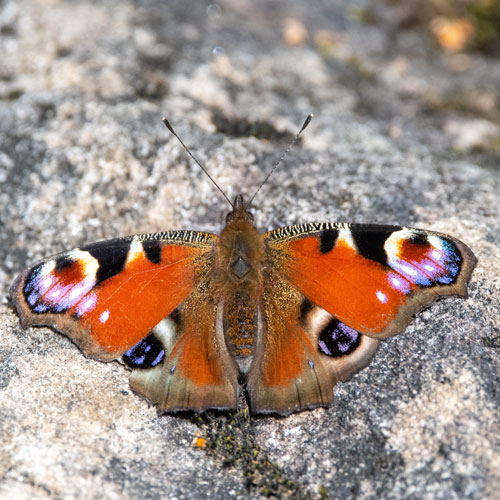
|
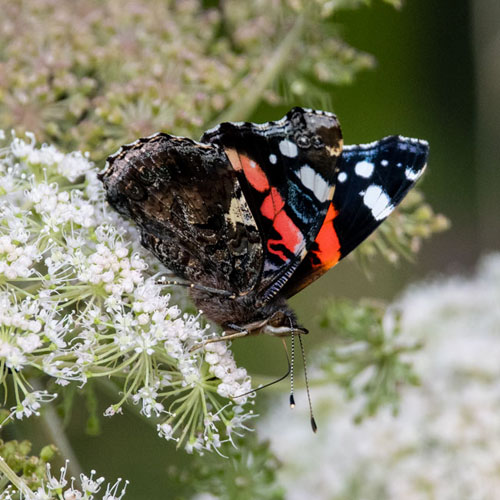
|
| Hoverfly - Syrphus Ribesii |
Violet Ground Beetle |
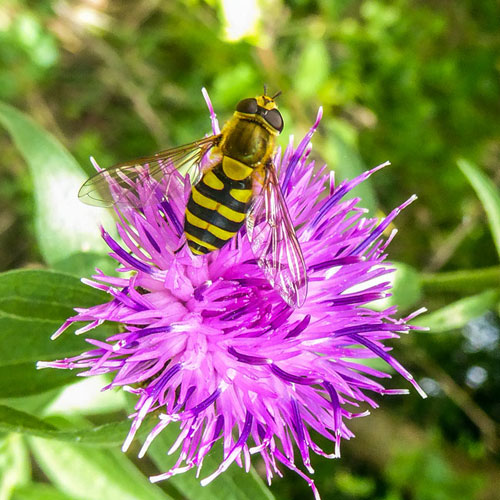
|
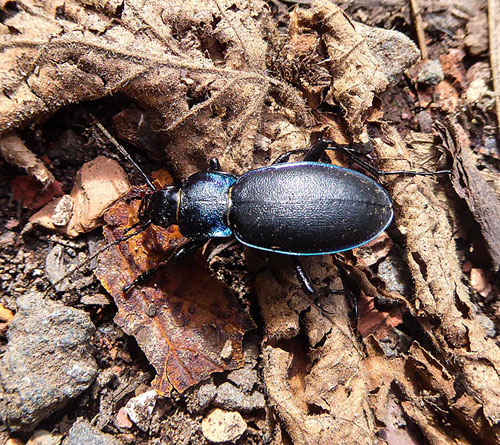
|
| Wandering Pond Snail |
White Ermine Moth Caterpillar |
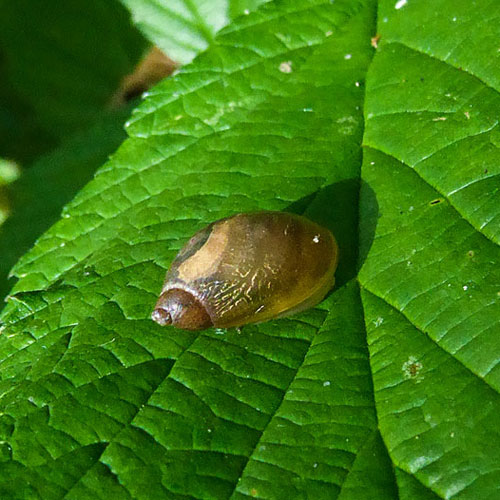 |
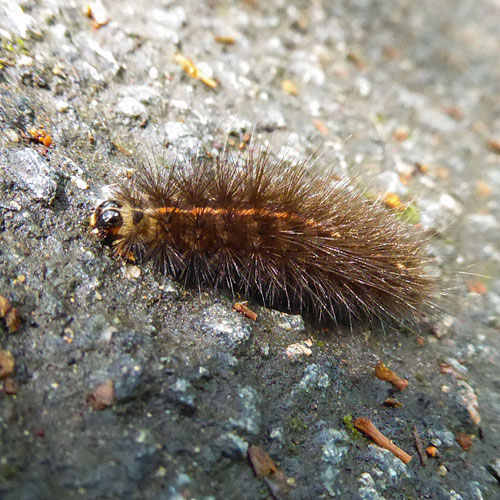 |
MORE YOUNG BIRDS
| Juvenile Mute Swan |
Juvenile Pied Wagtail... |
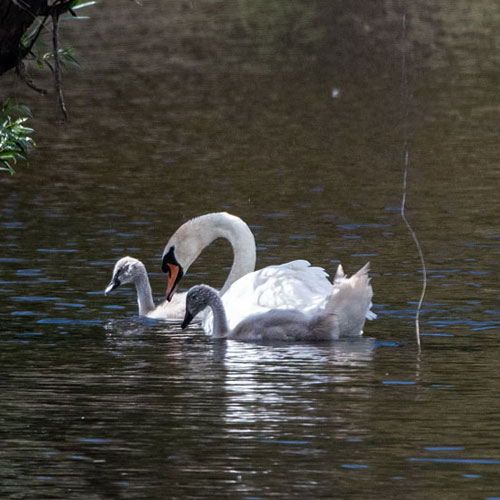
|
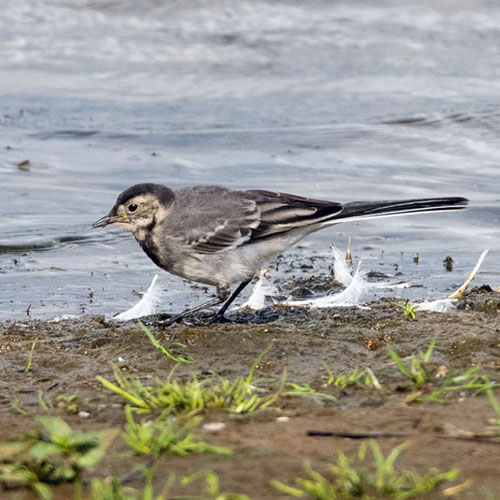
|
|
Juvenile Robin |
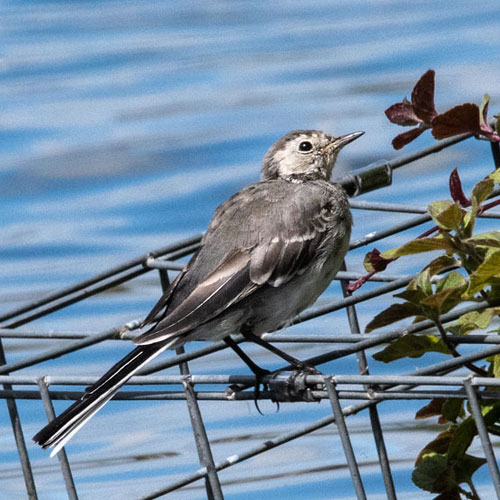
|
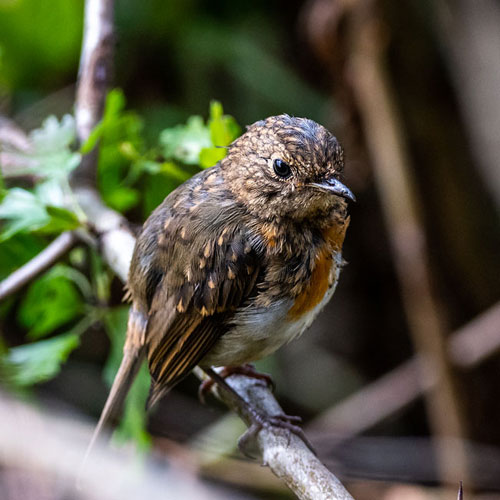
|
| Juvenile Tufted Duck |
Juvenile Whitethroat |
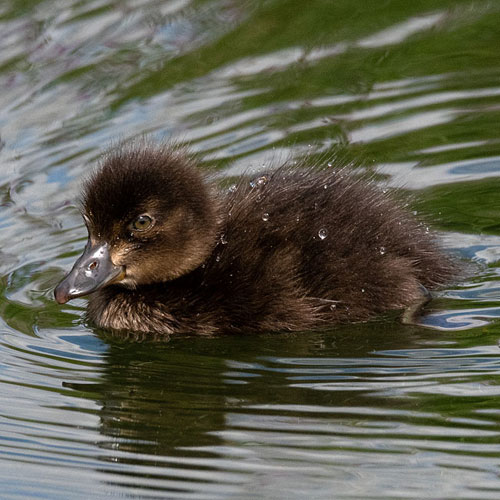
|
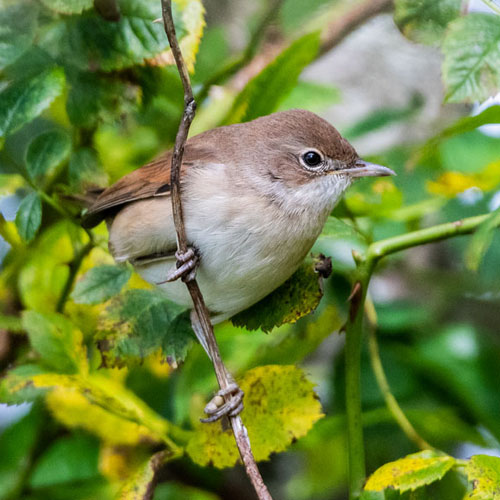
|
BIRDS ON WATER
| Black - headed Gull |
Black - tailed godwit |
|
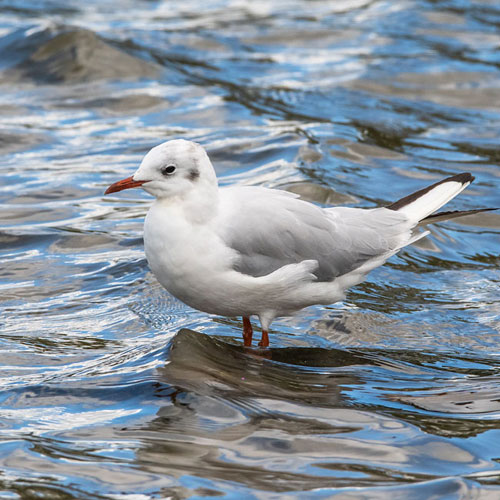
|
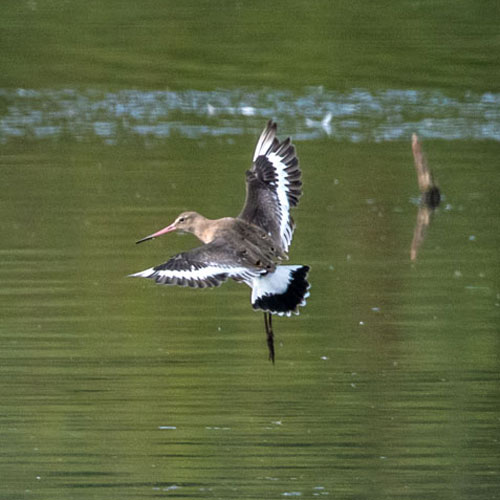
|
|
| Juvenile Great Crested grebe |
Grey Heron |
|
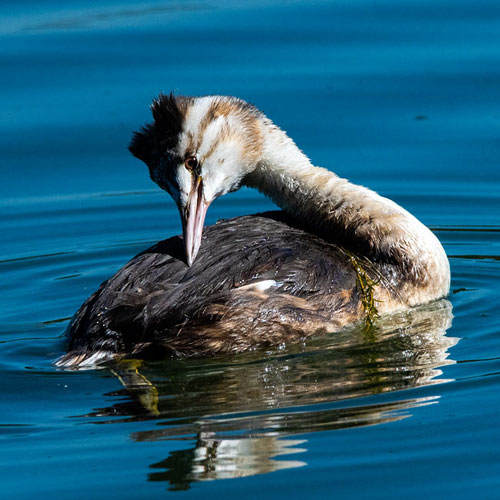
|
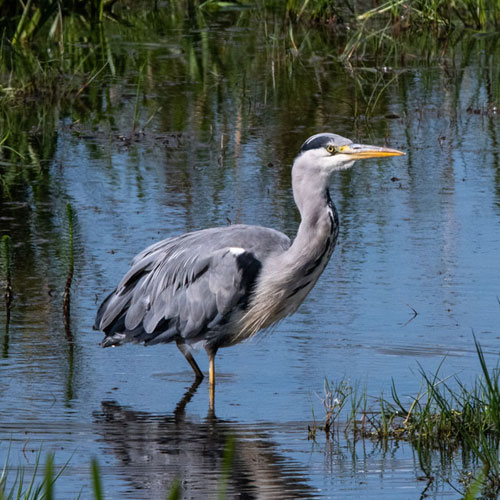
|
|
| Little Grebe |
Female Tufted Duck |
|
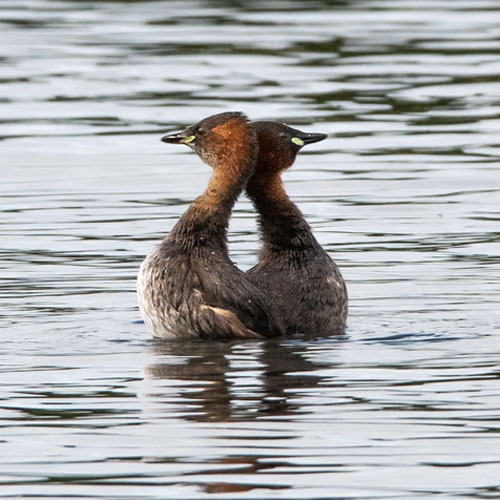
|
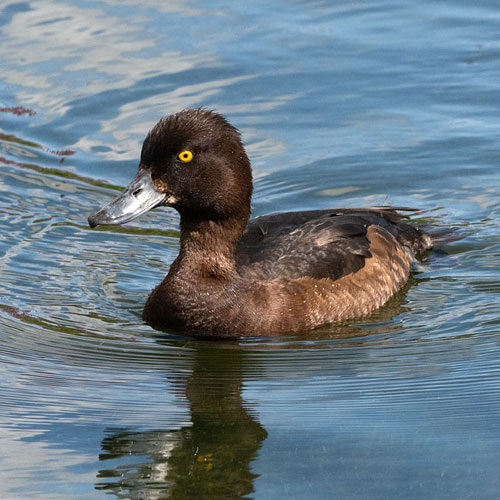
|
|
BEES
| Buff - tailed Bumblebee |
Common Carder Bumblebee |
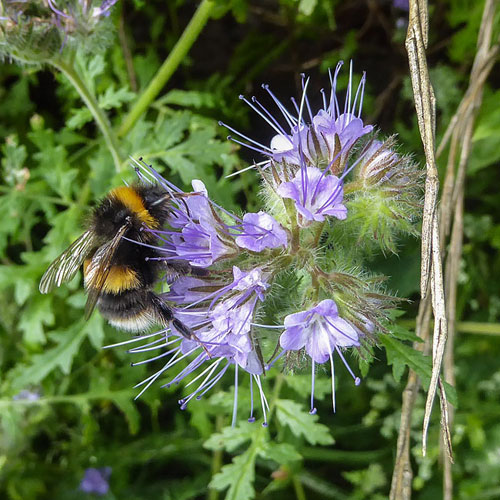 |
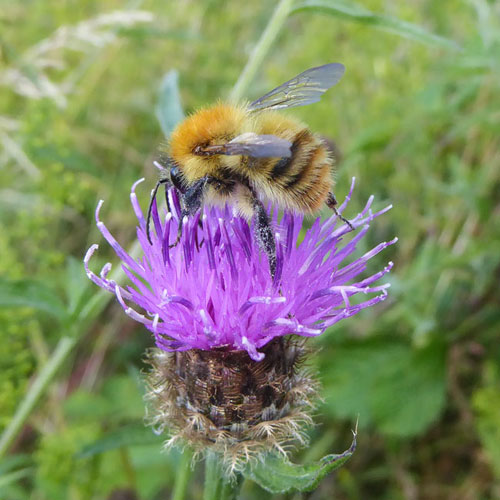 |
| Honey Bee |
Red - tailed Bumblebee |
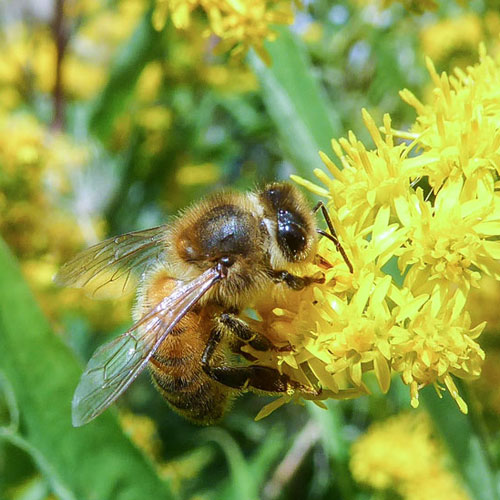 |
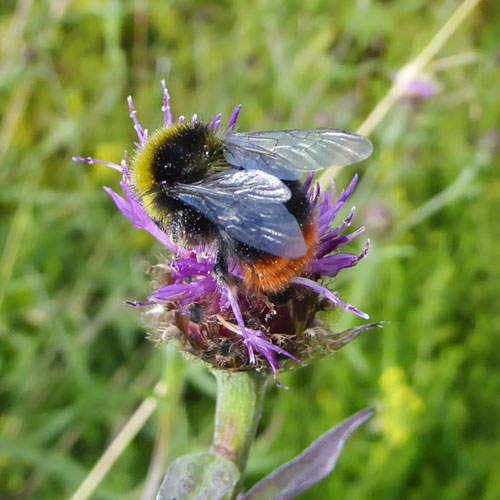 |
Back To Top
|

